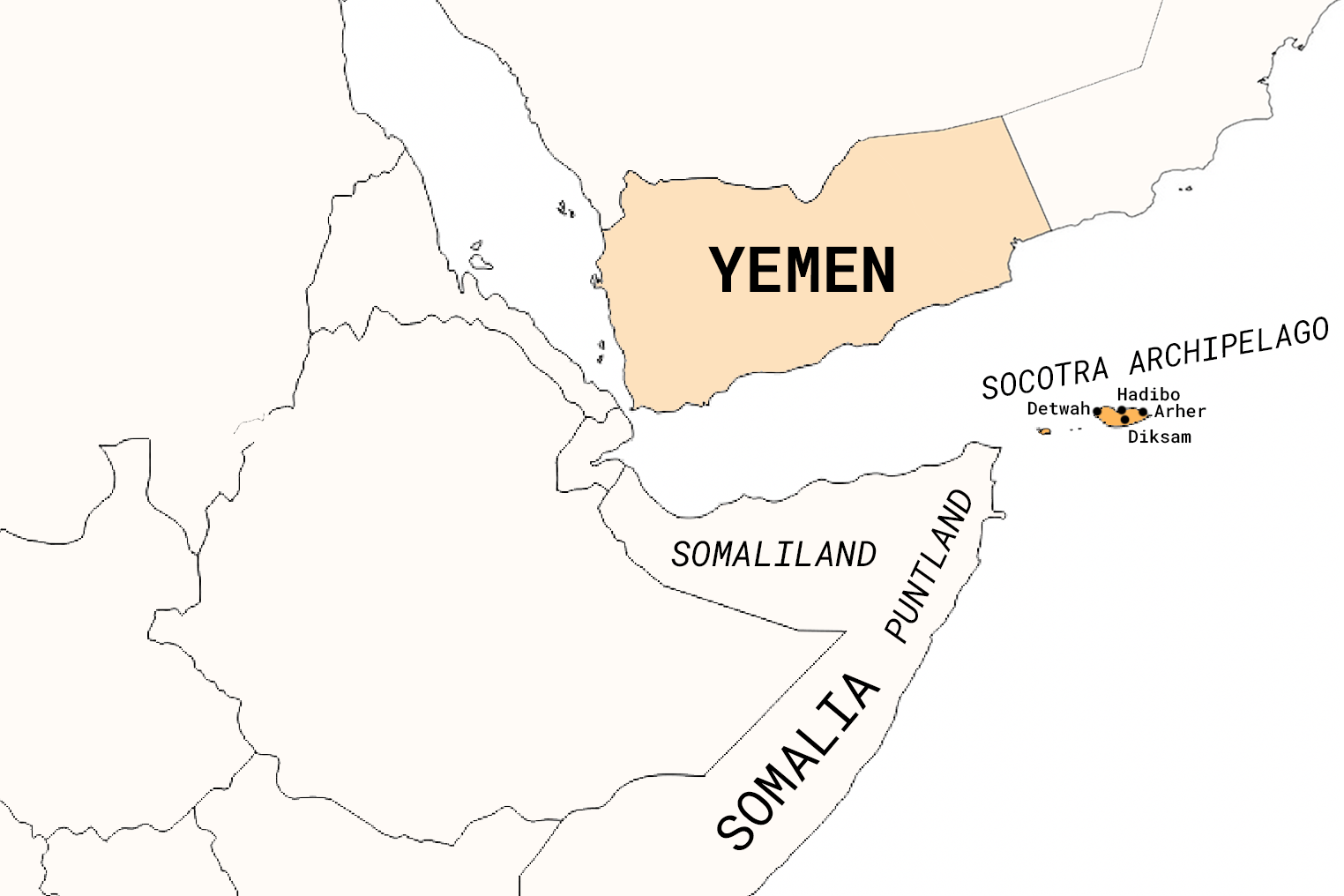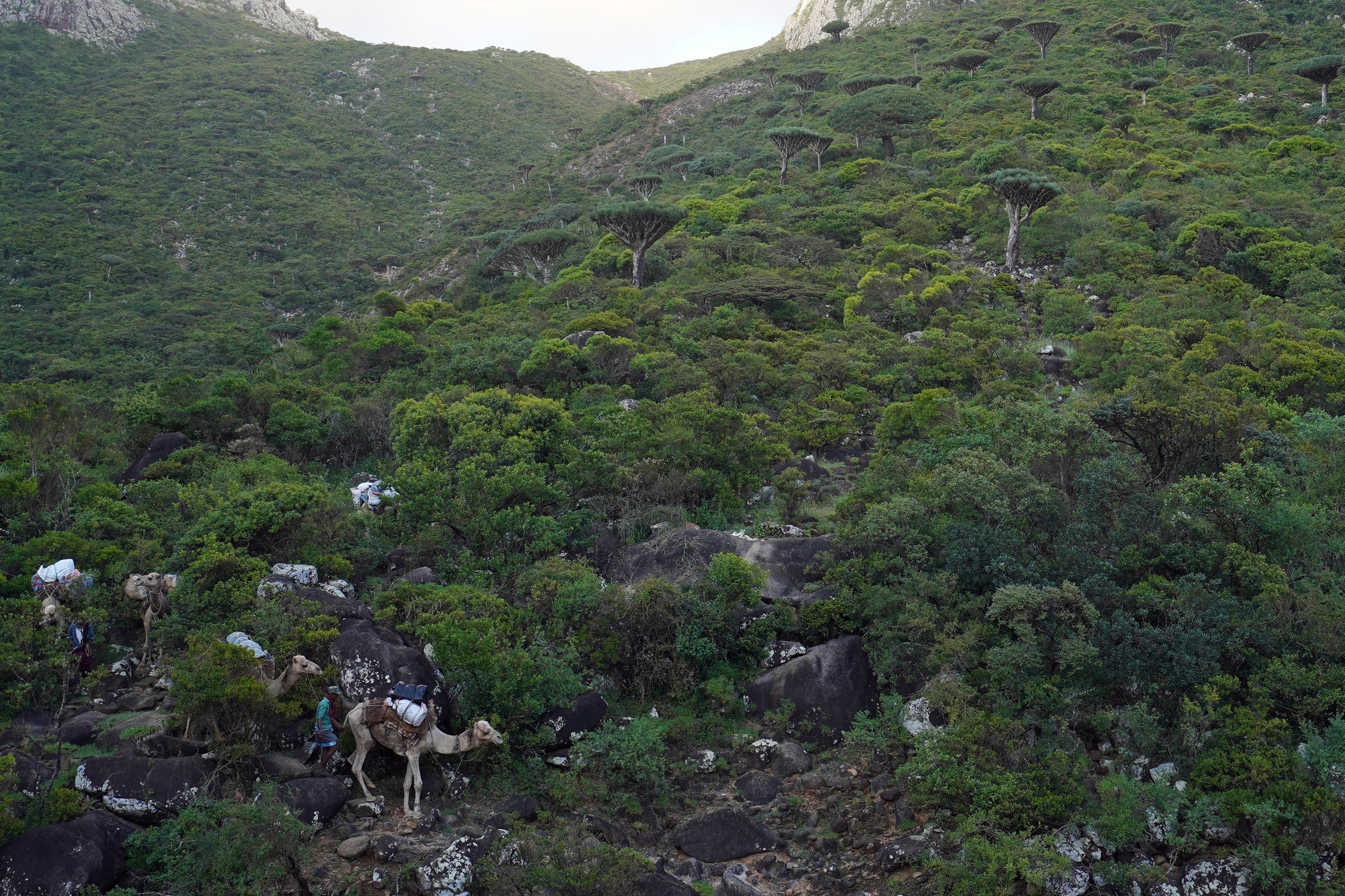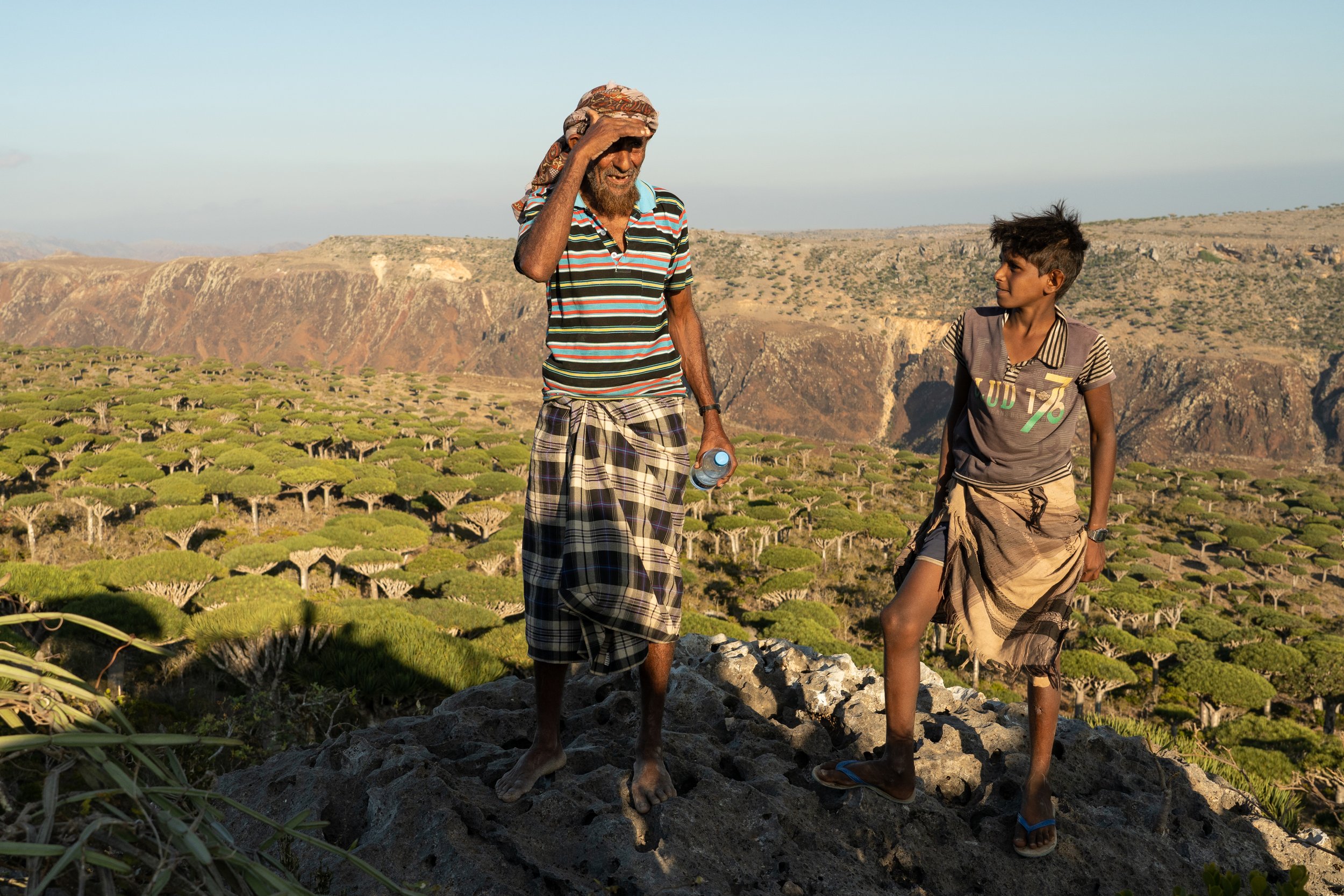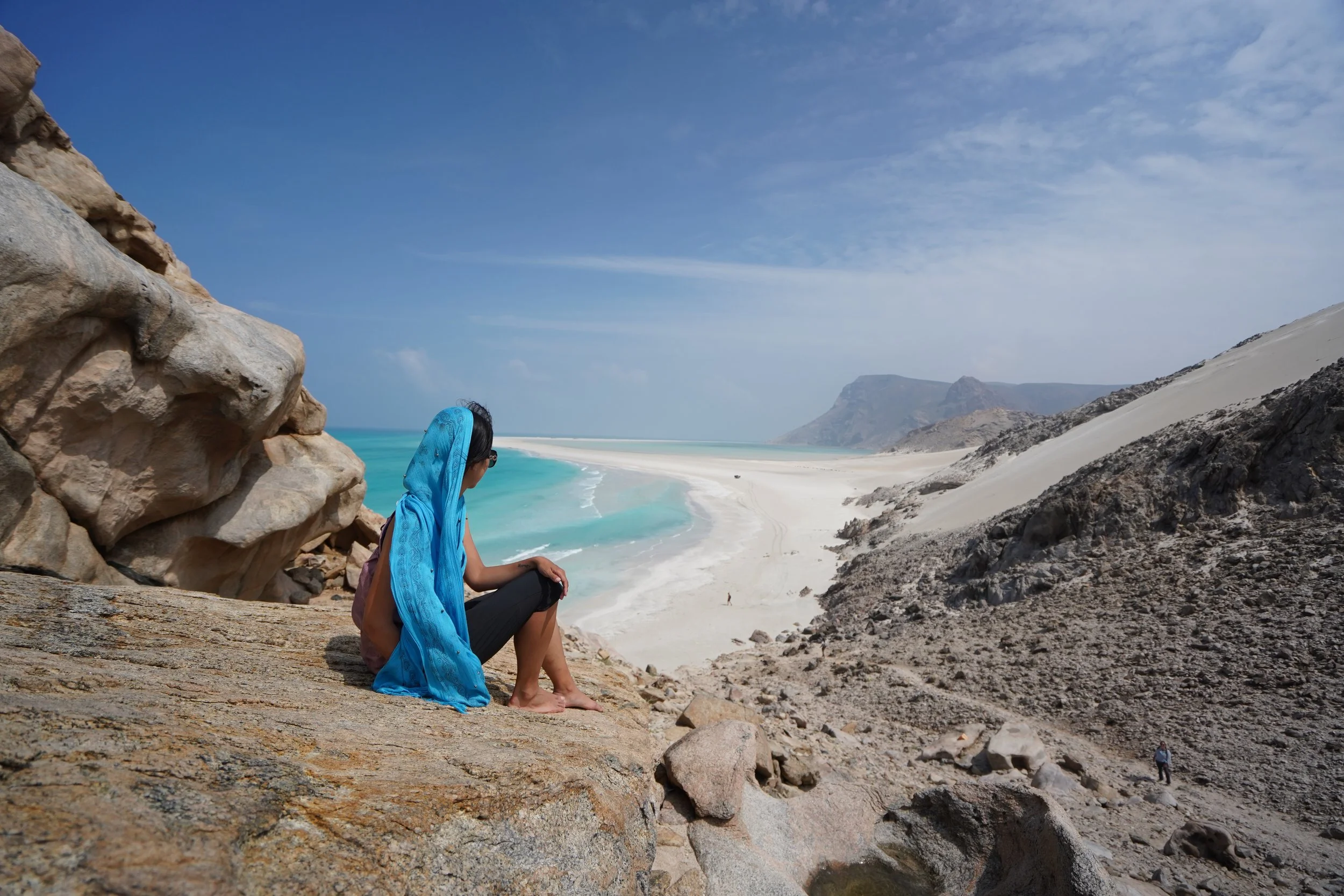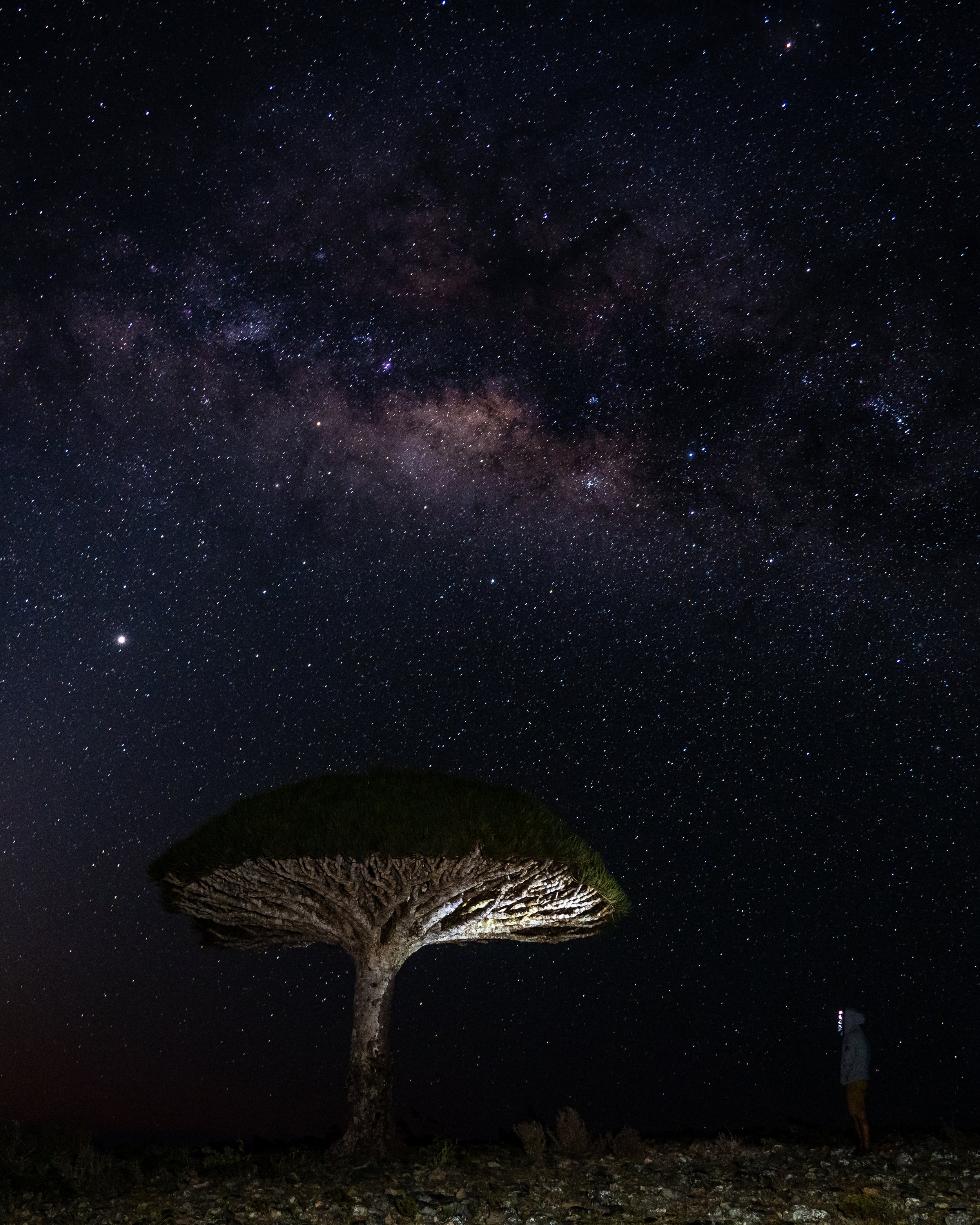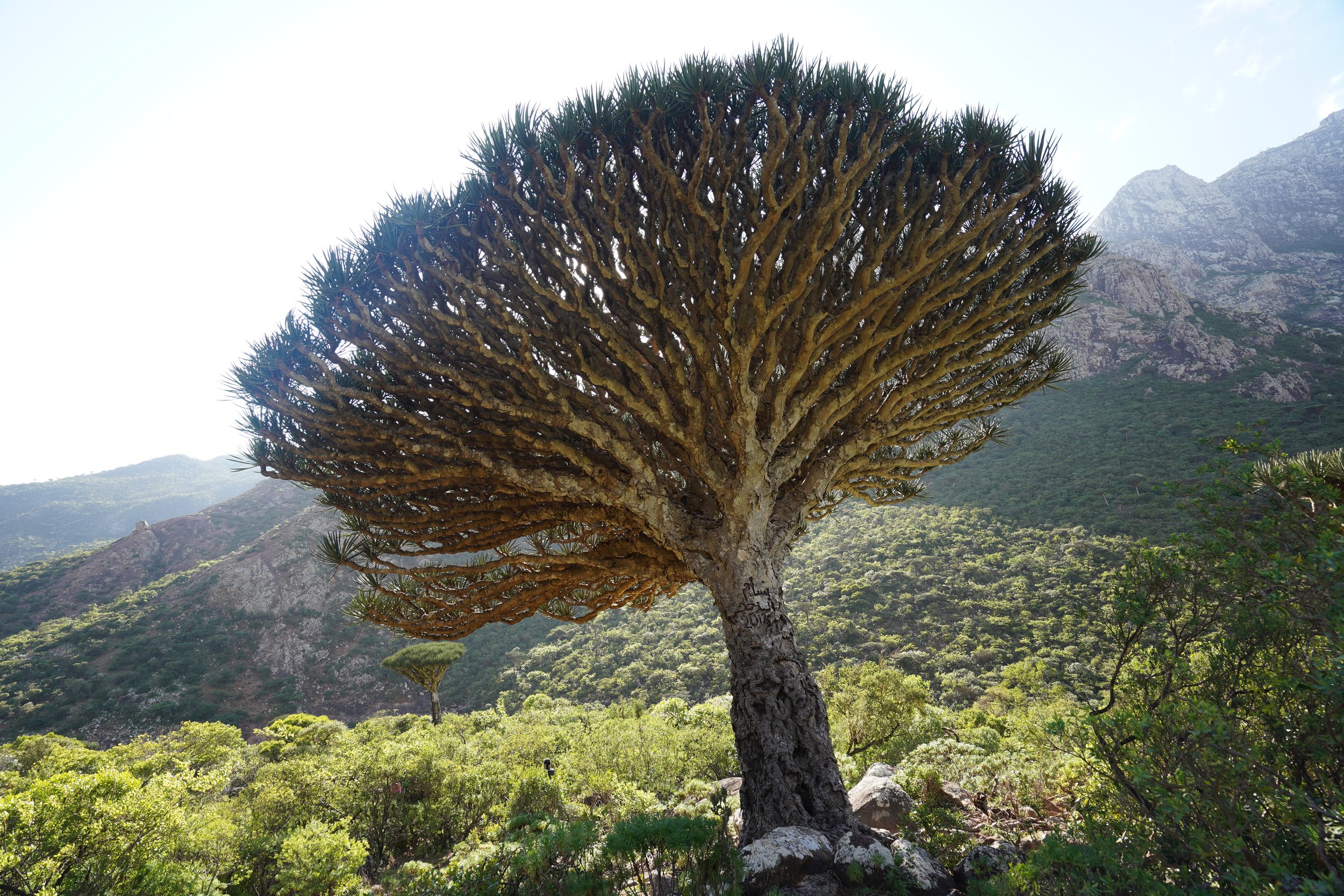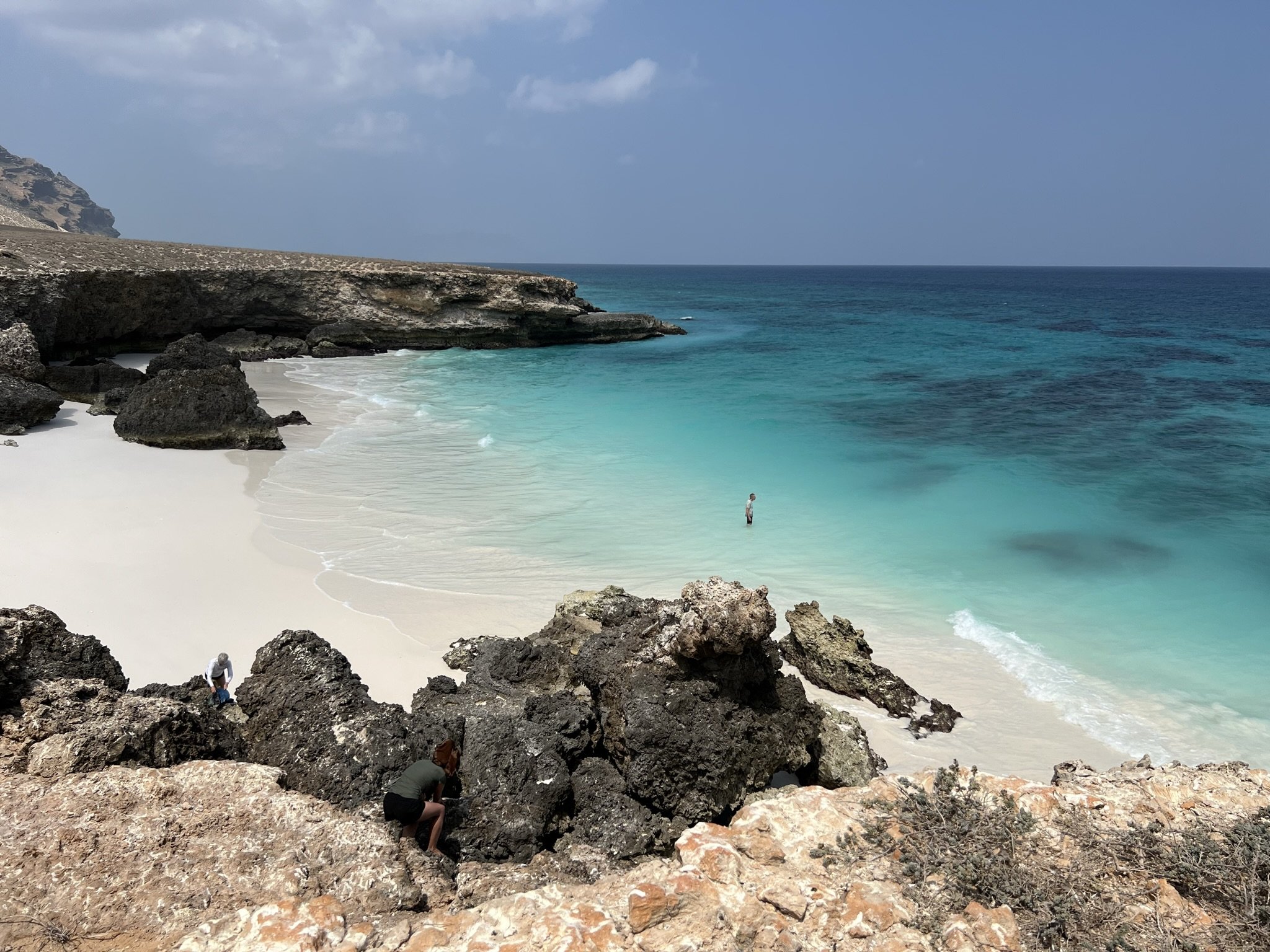SOCOTRA: 2-week Highlights and Hajhir Mountains Trek (15 days)

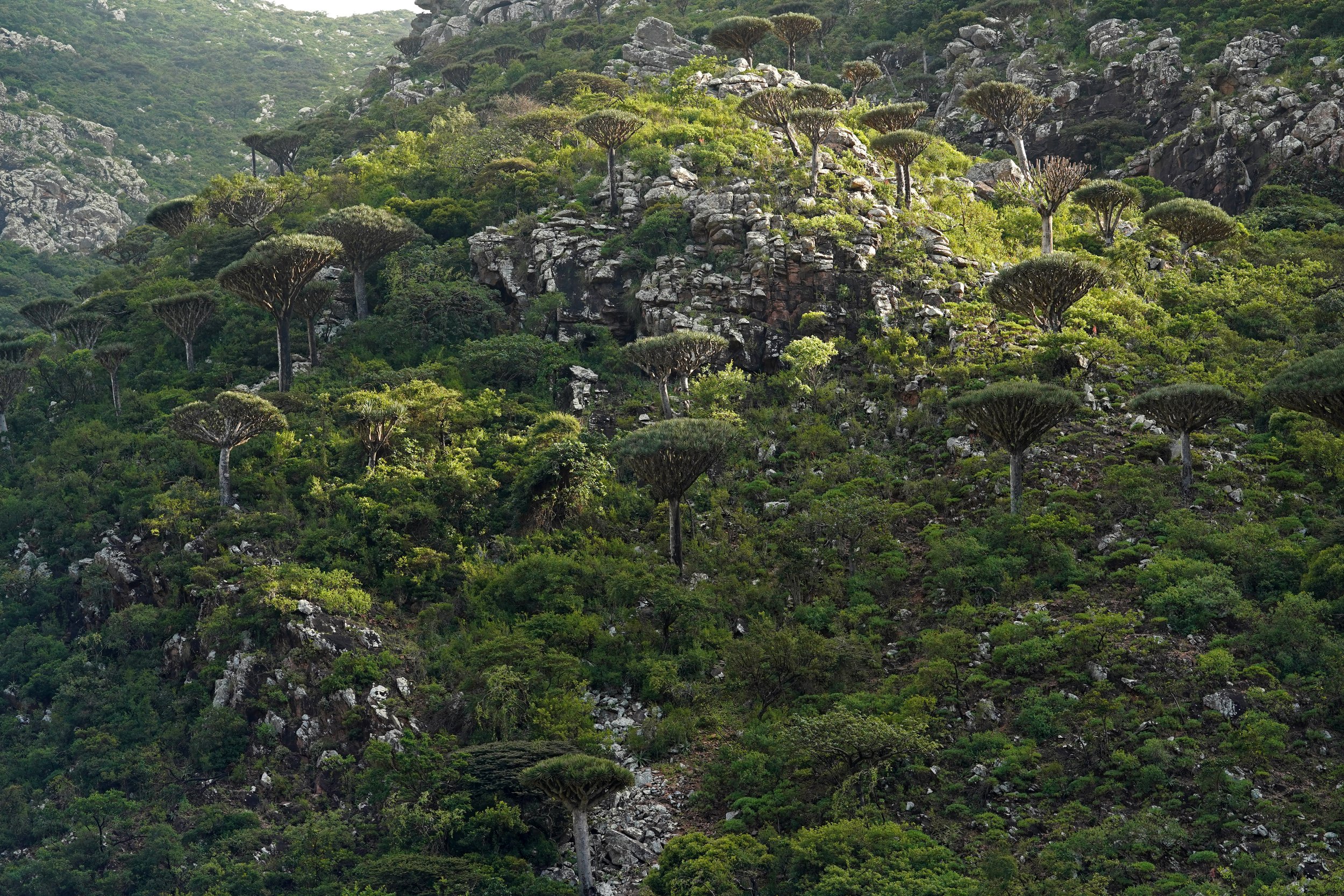
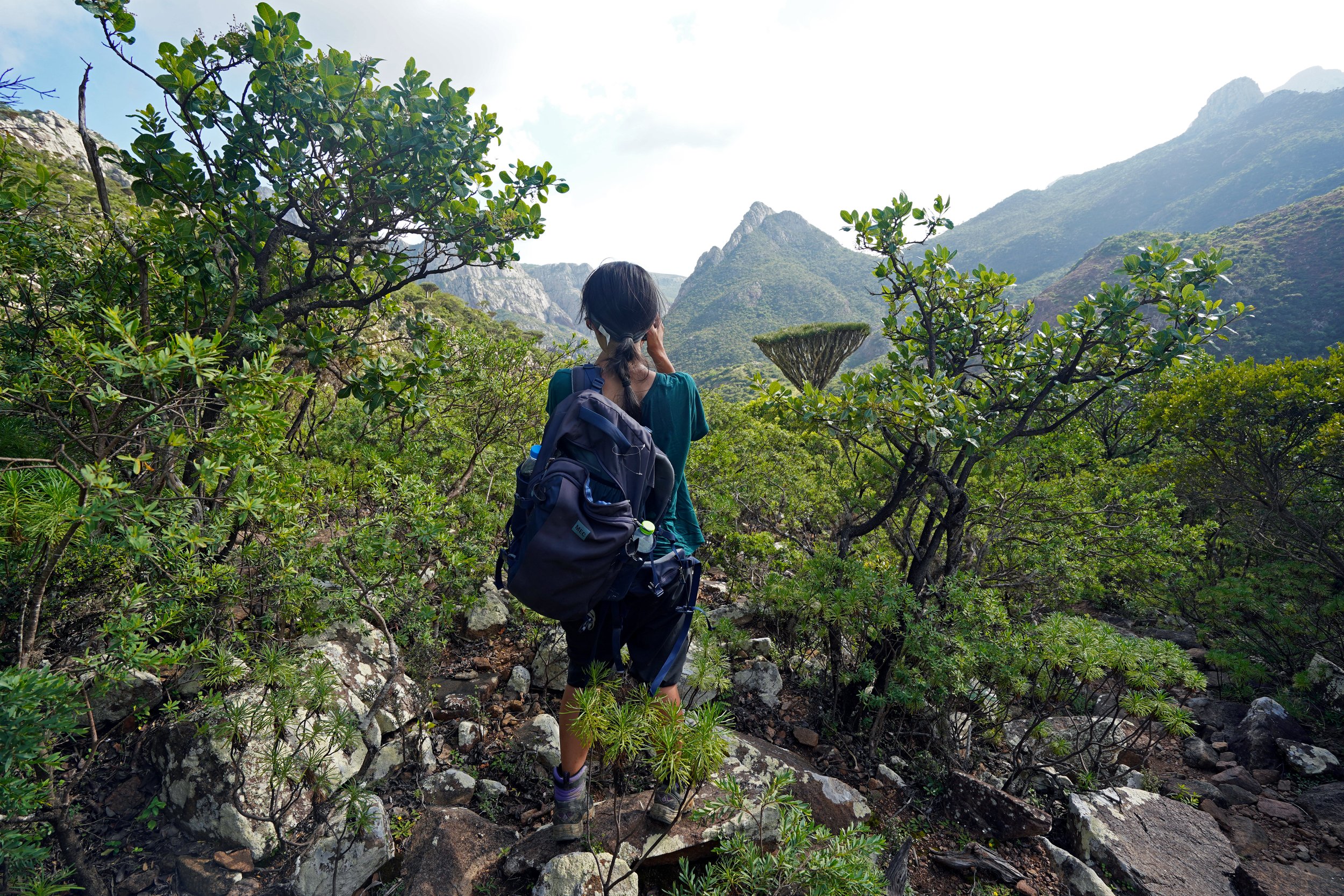
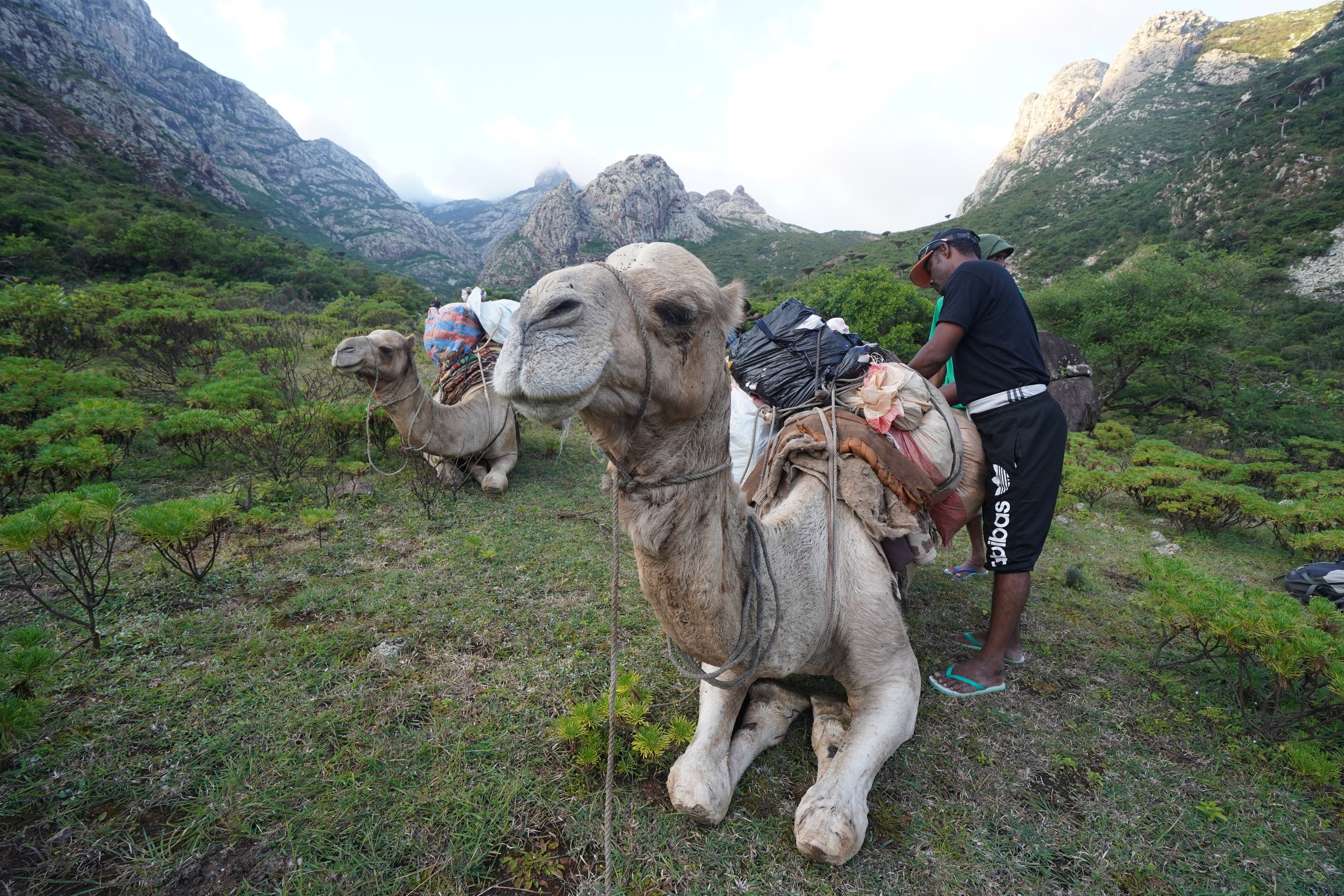
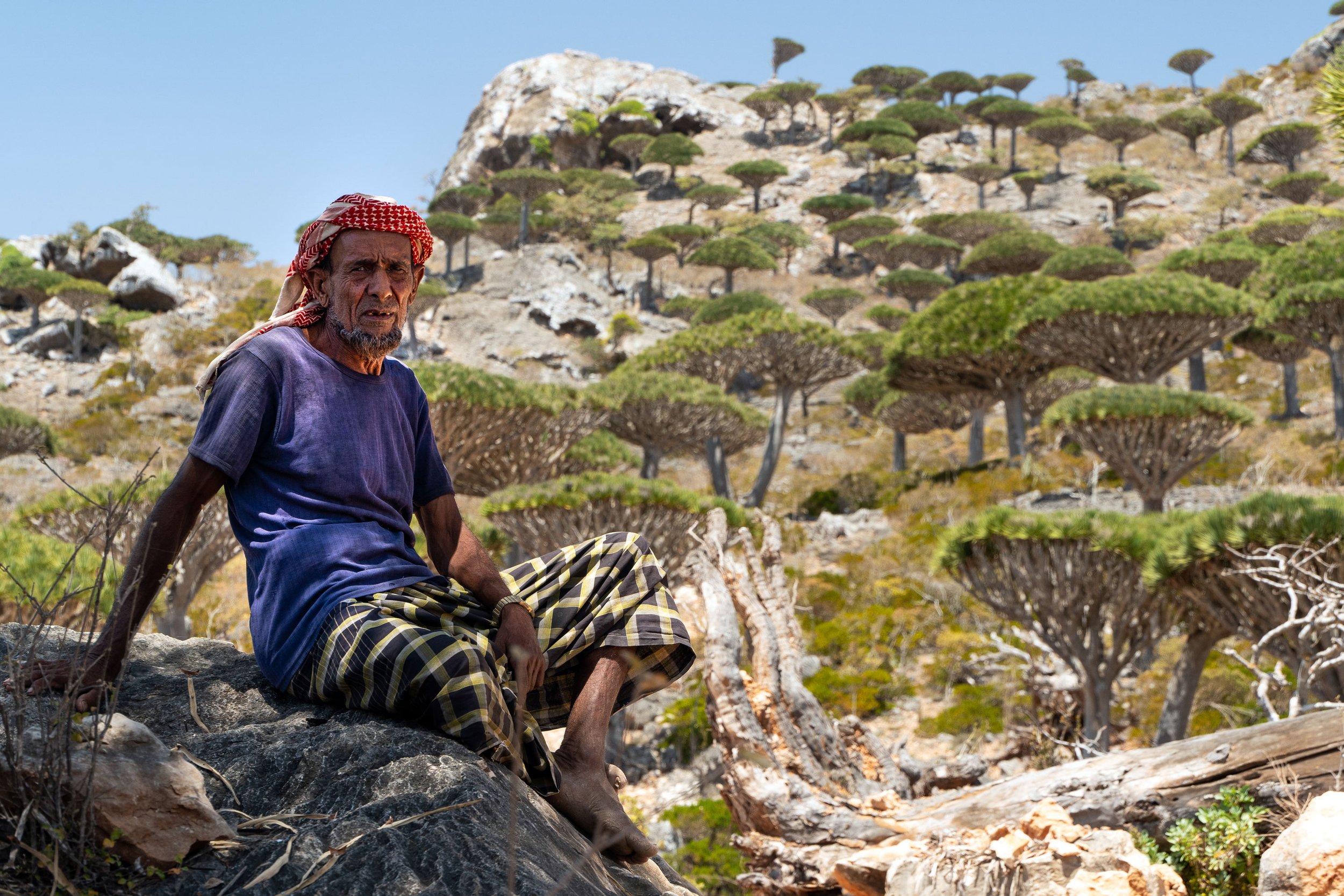
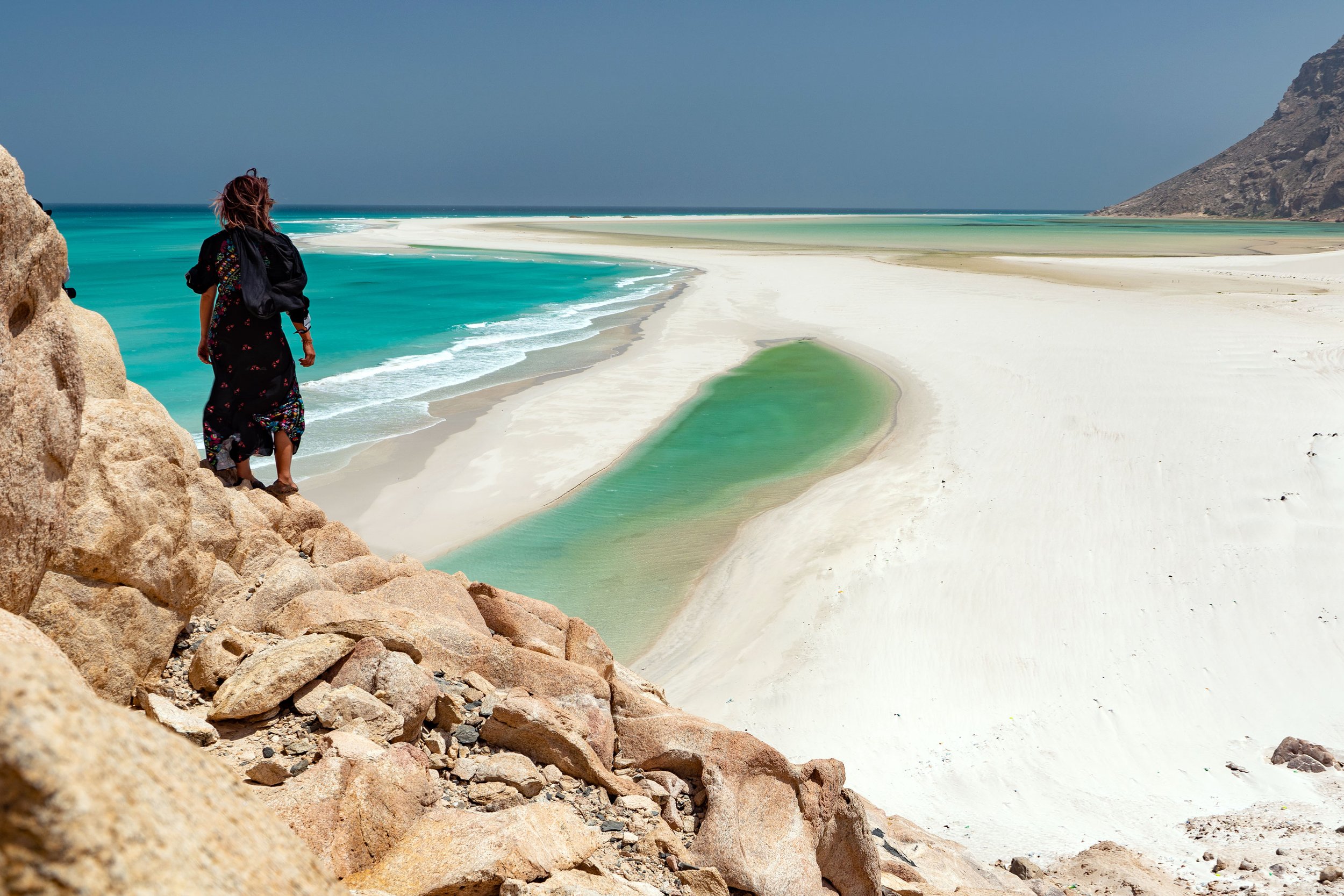
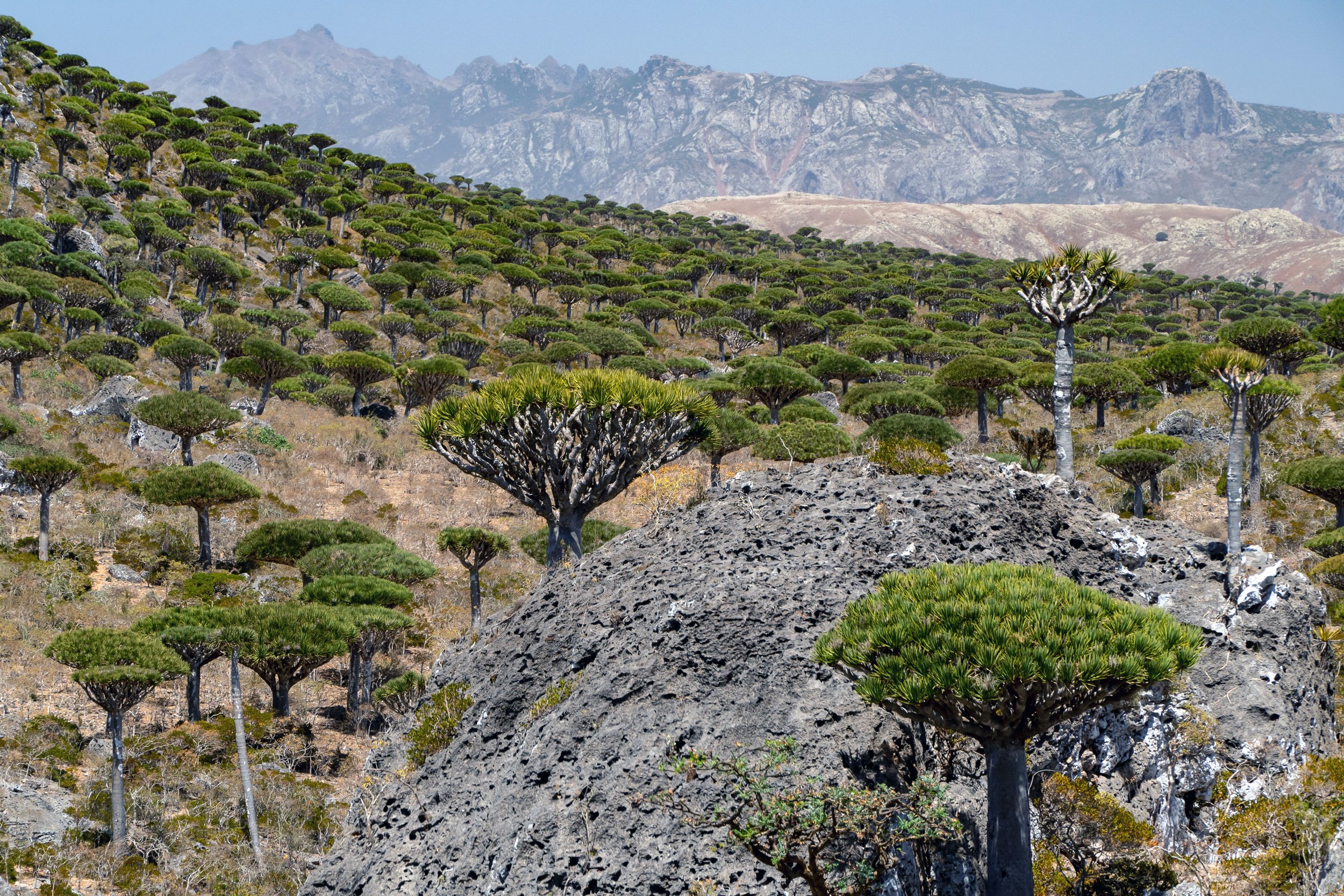
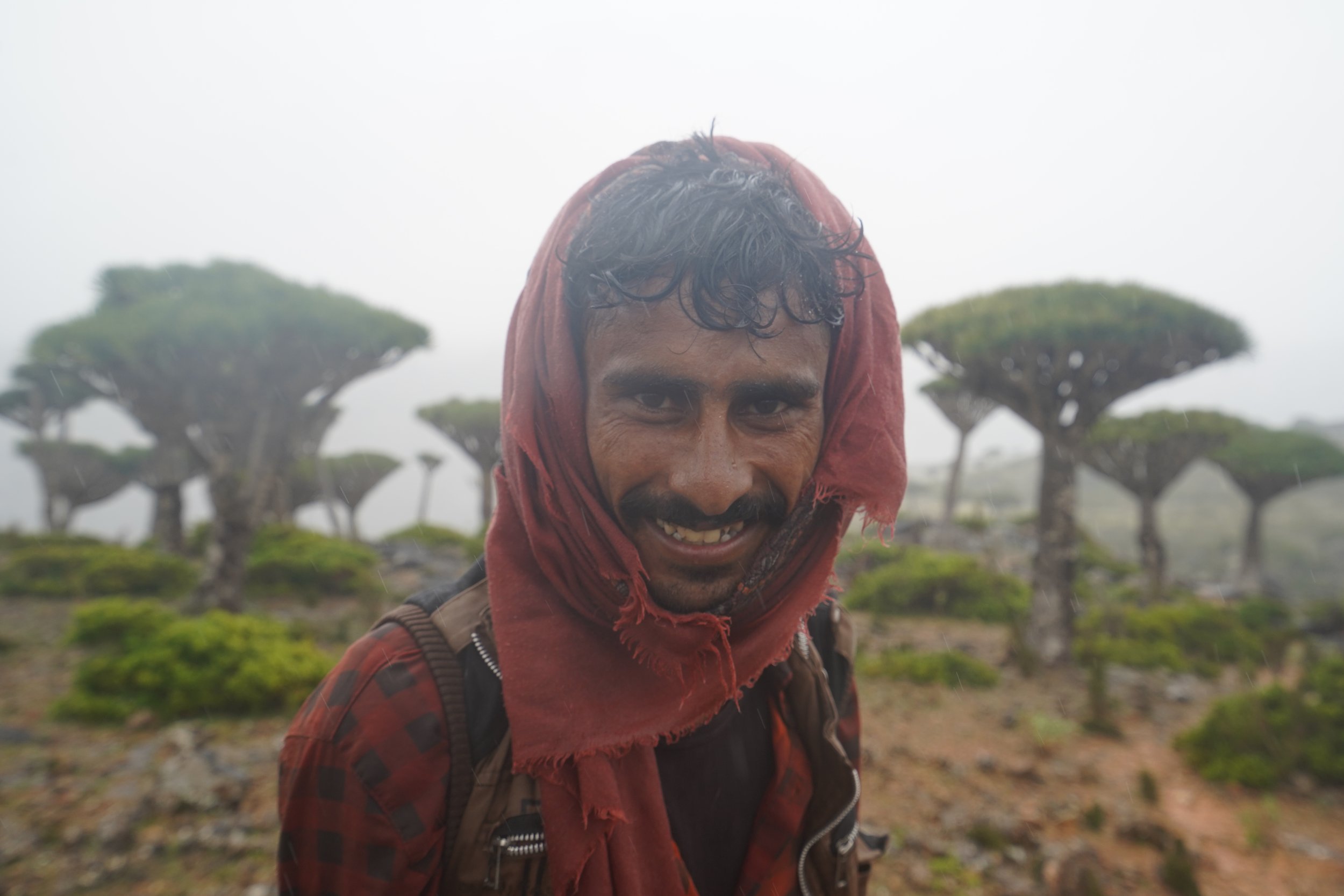
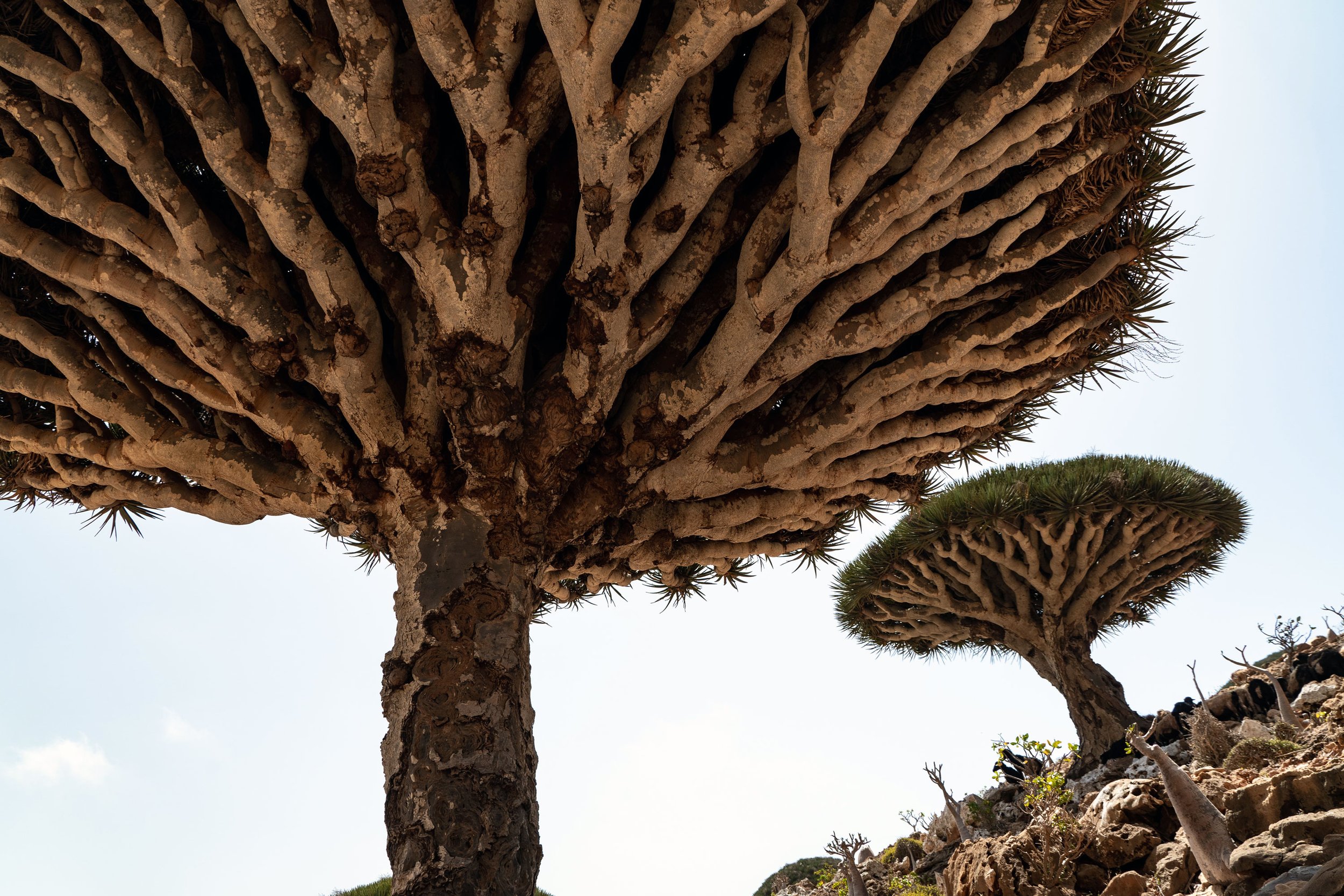
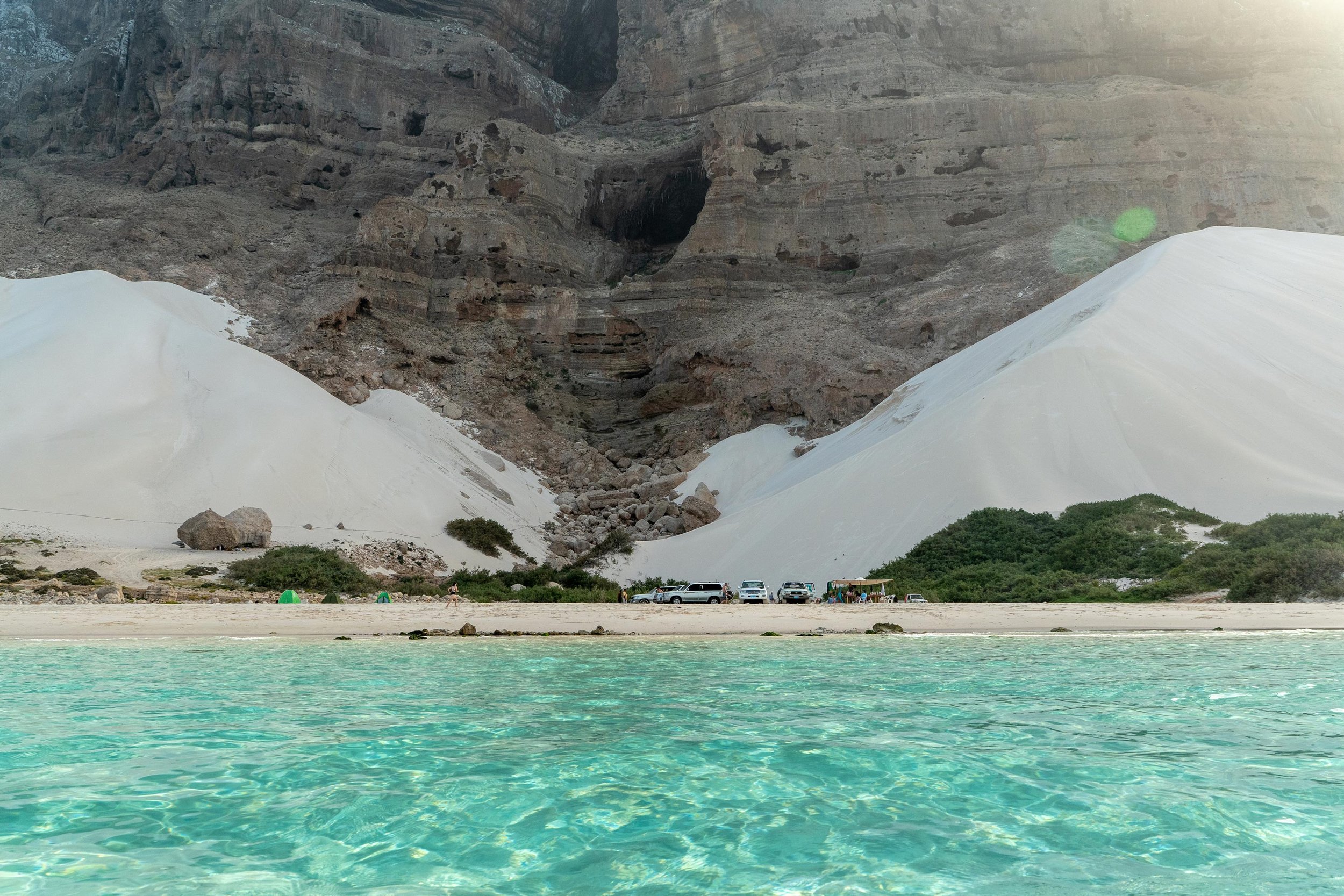
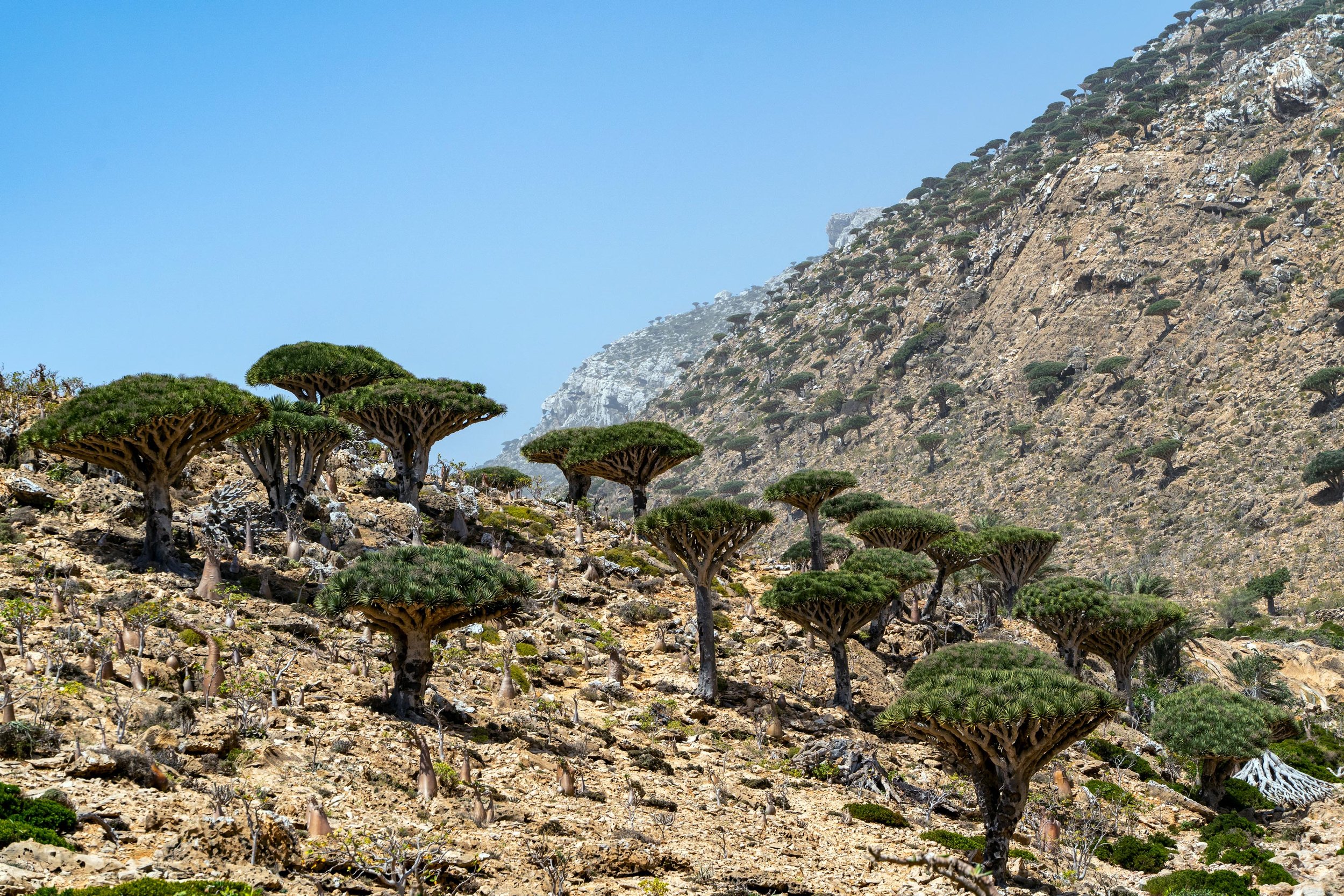
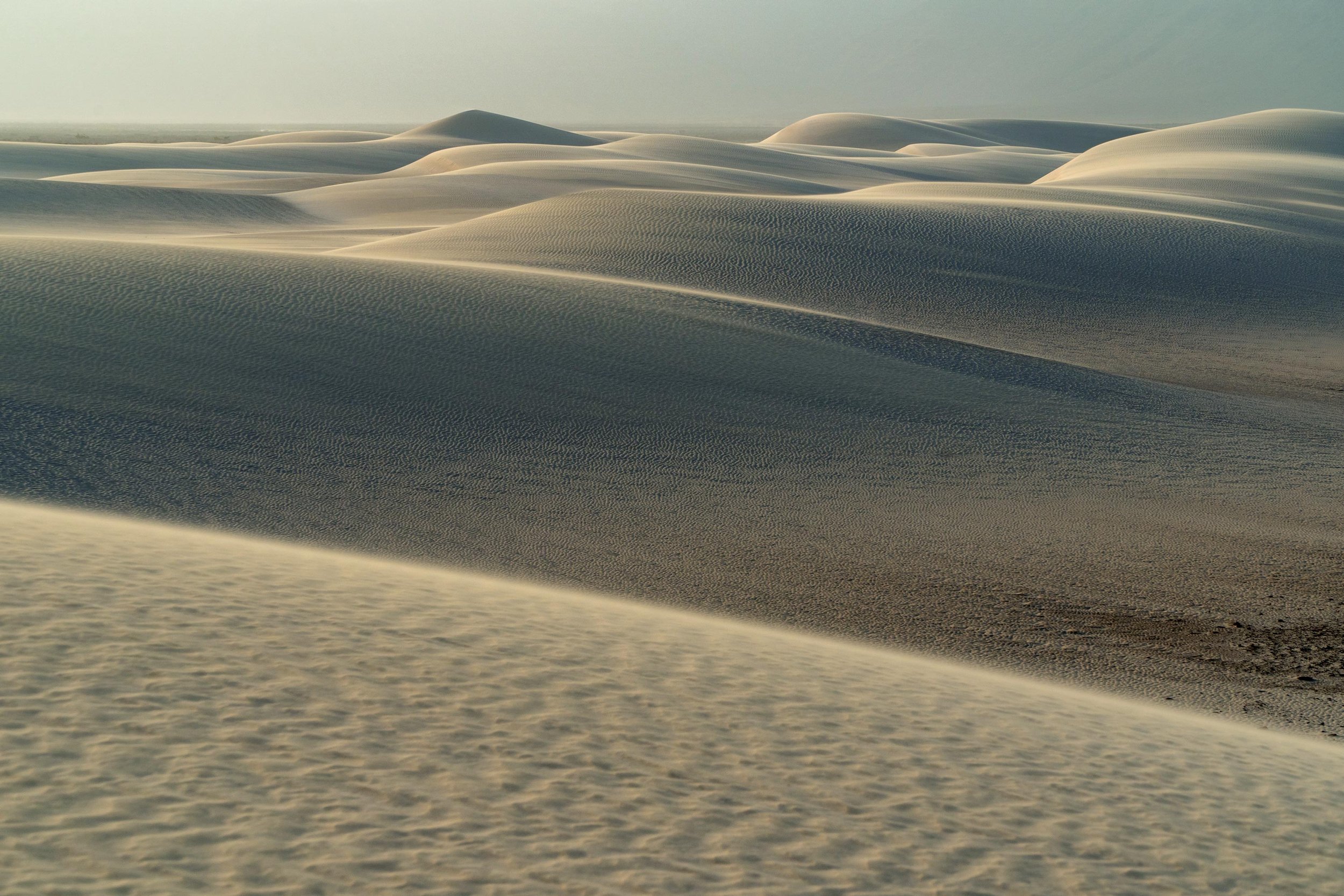
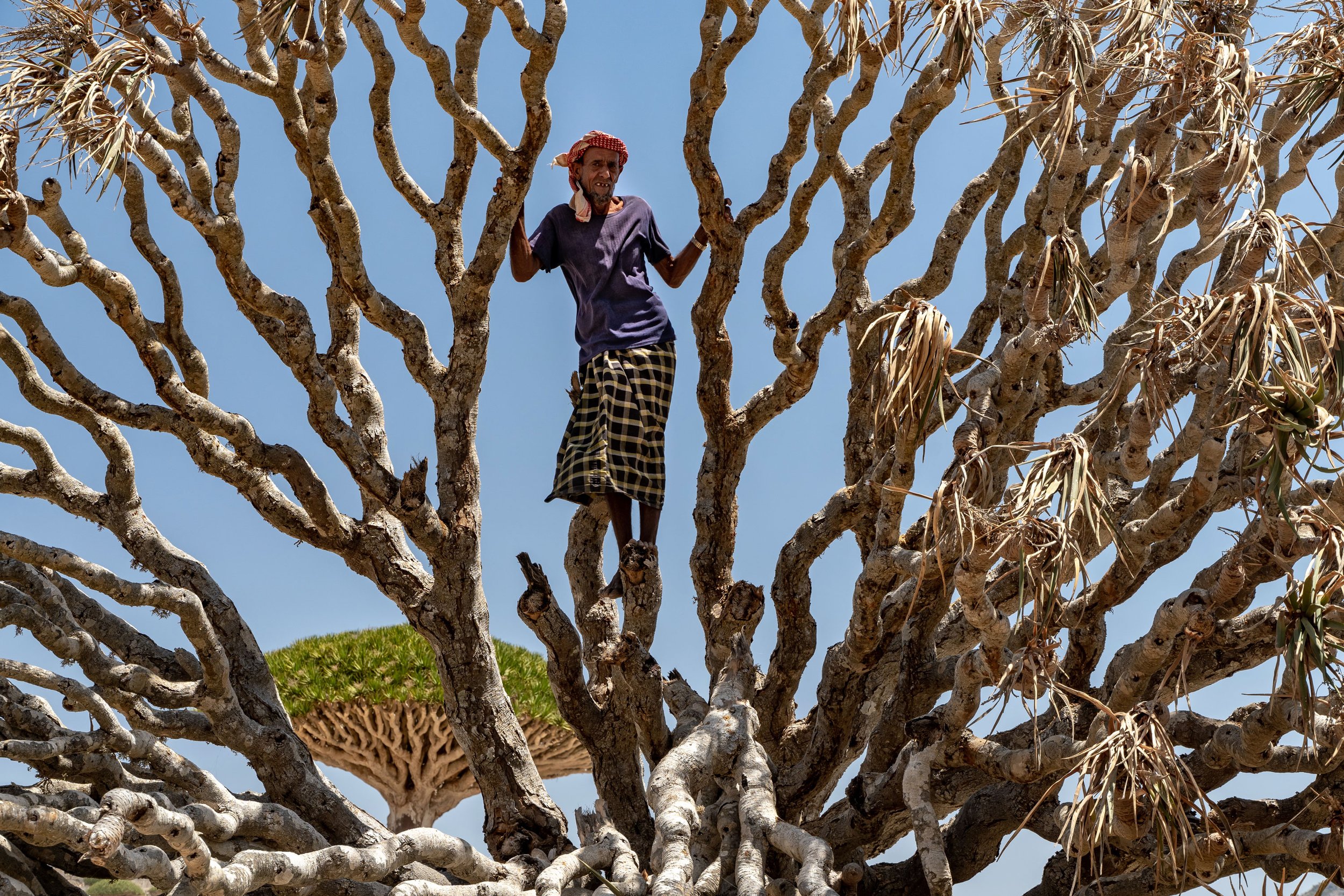
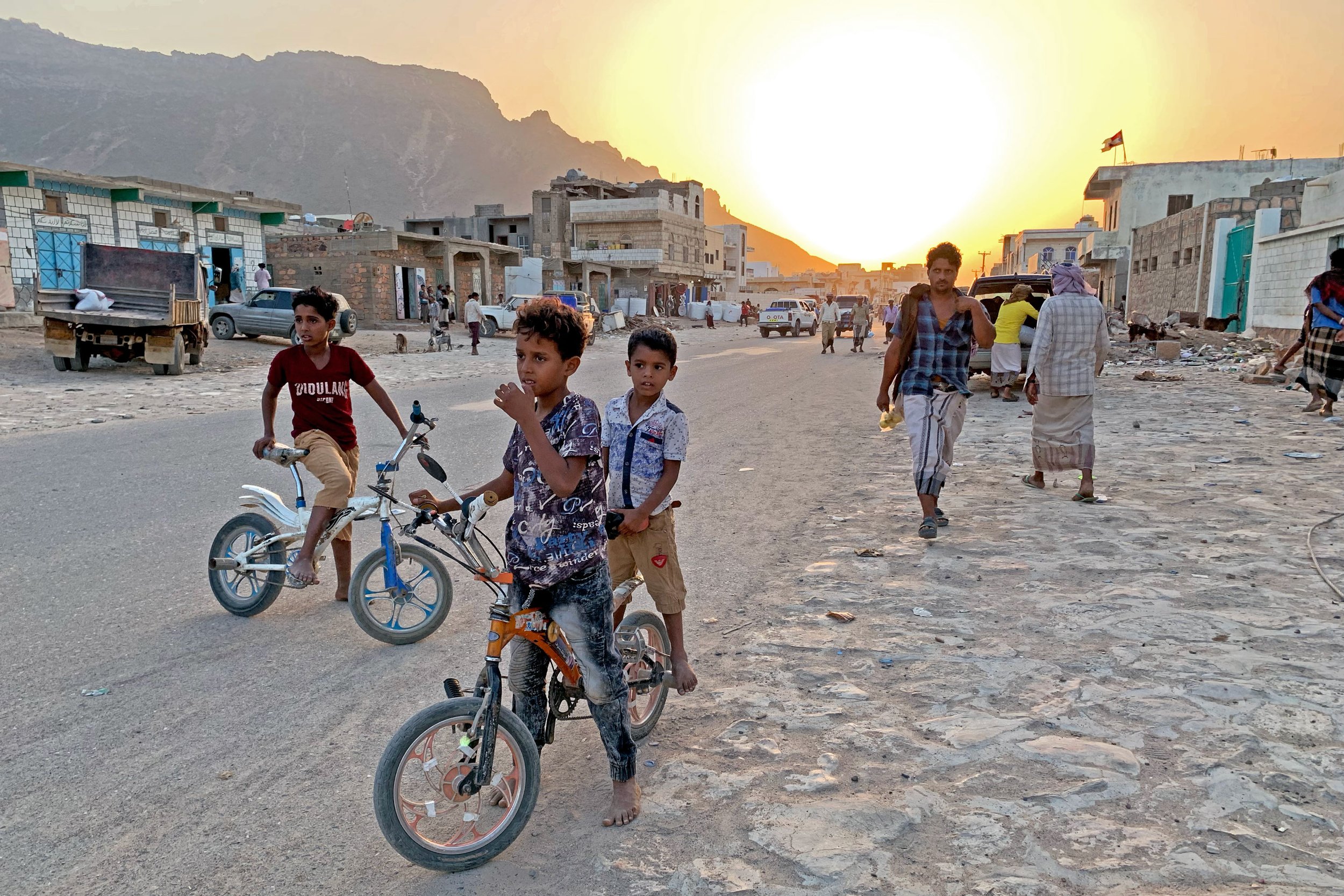
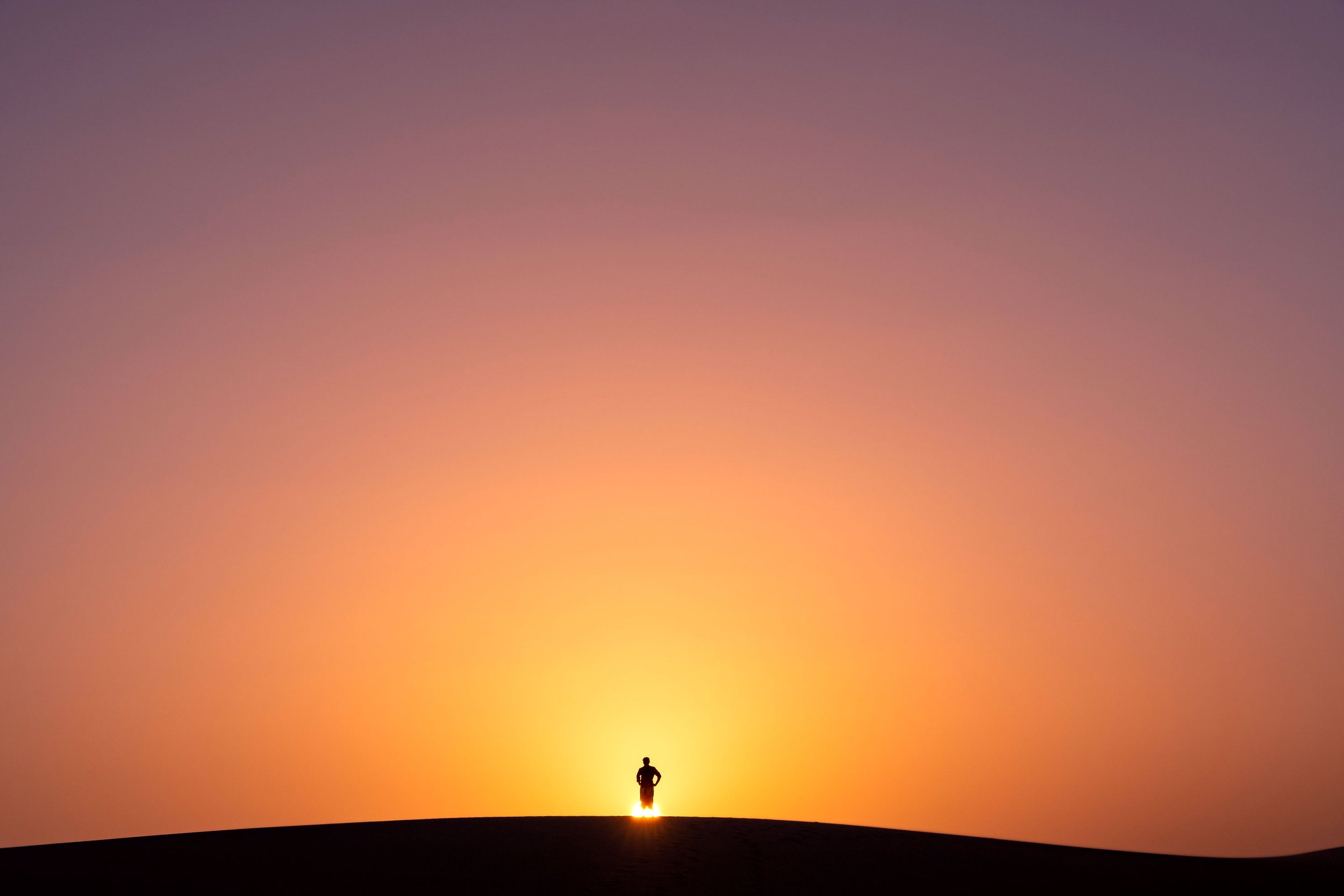
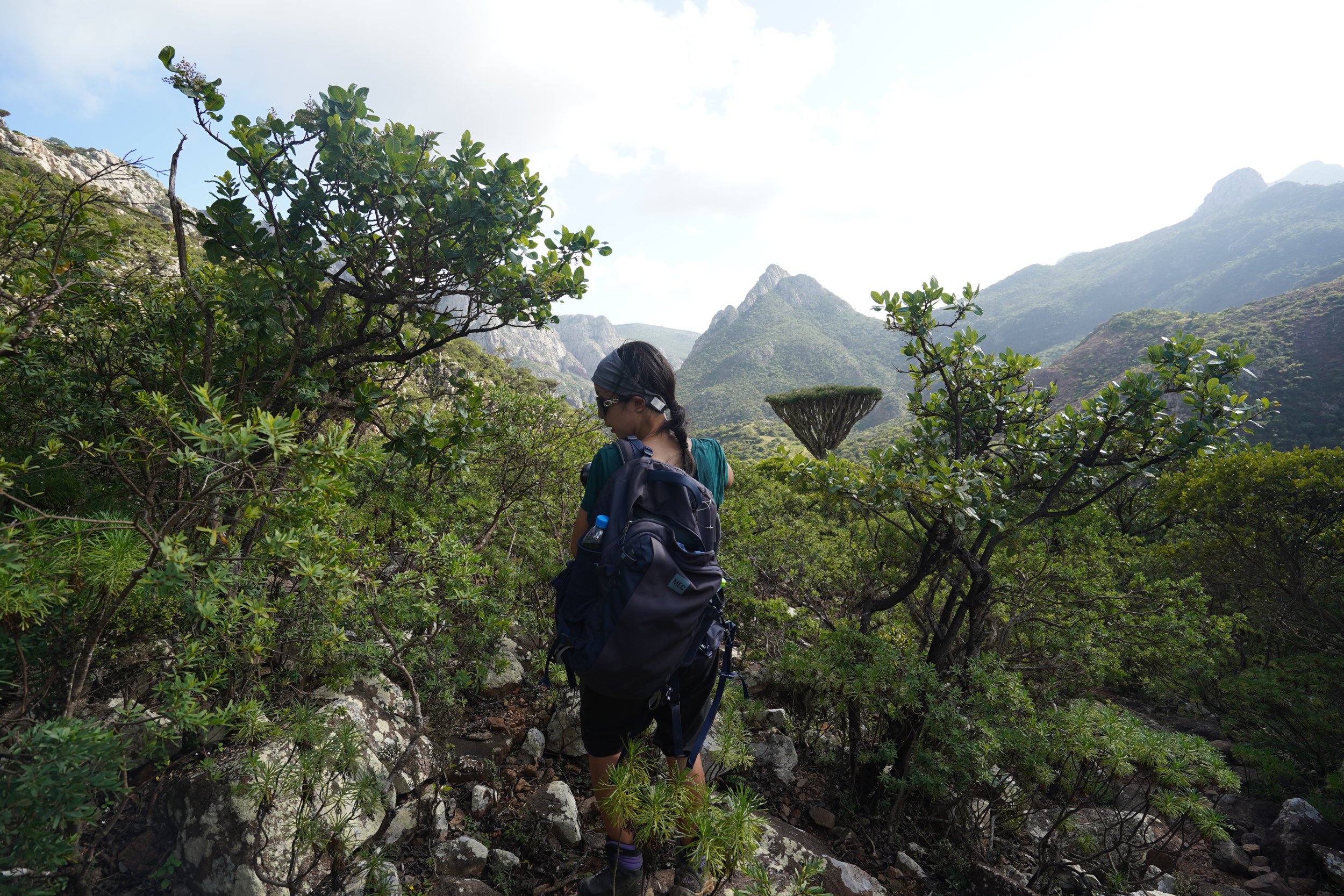

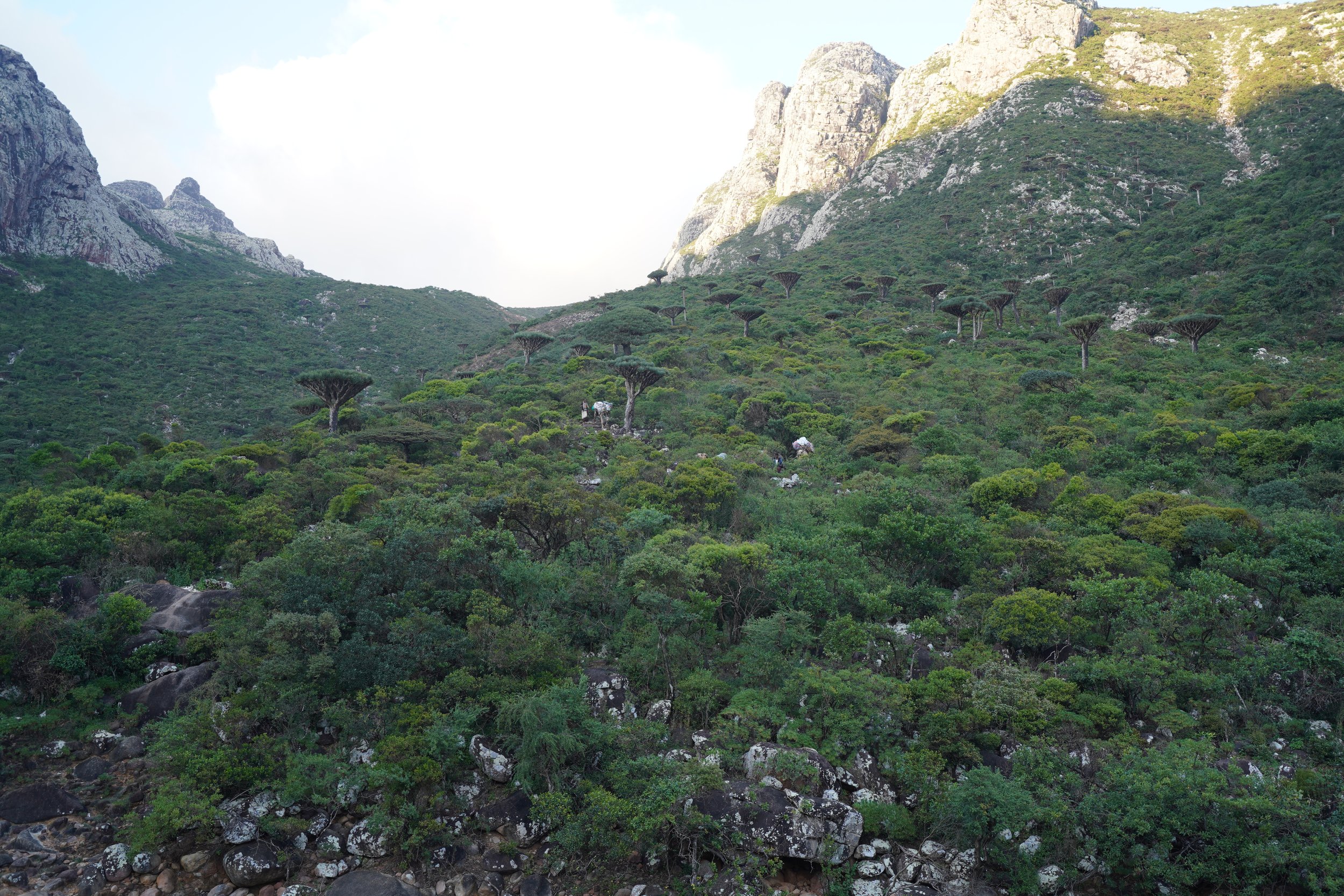
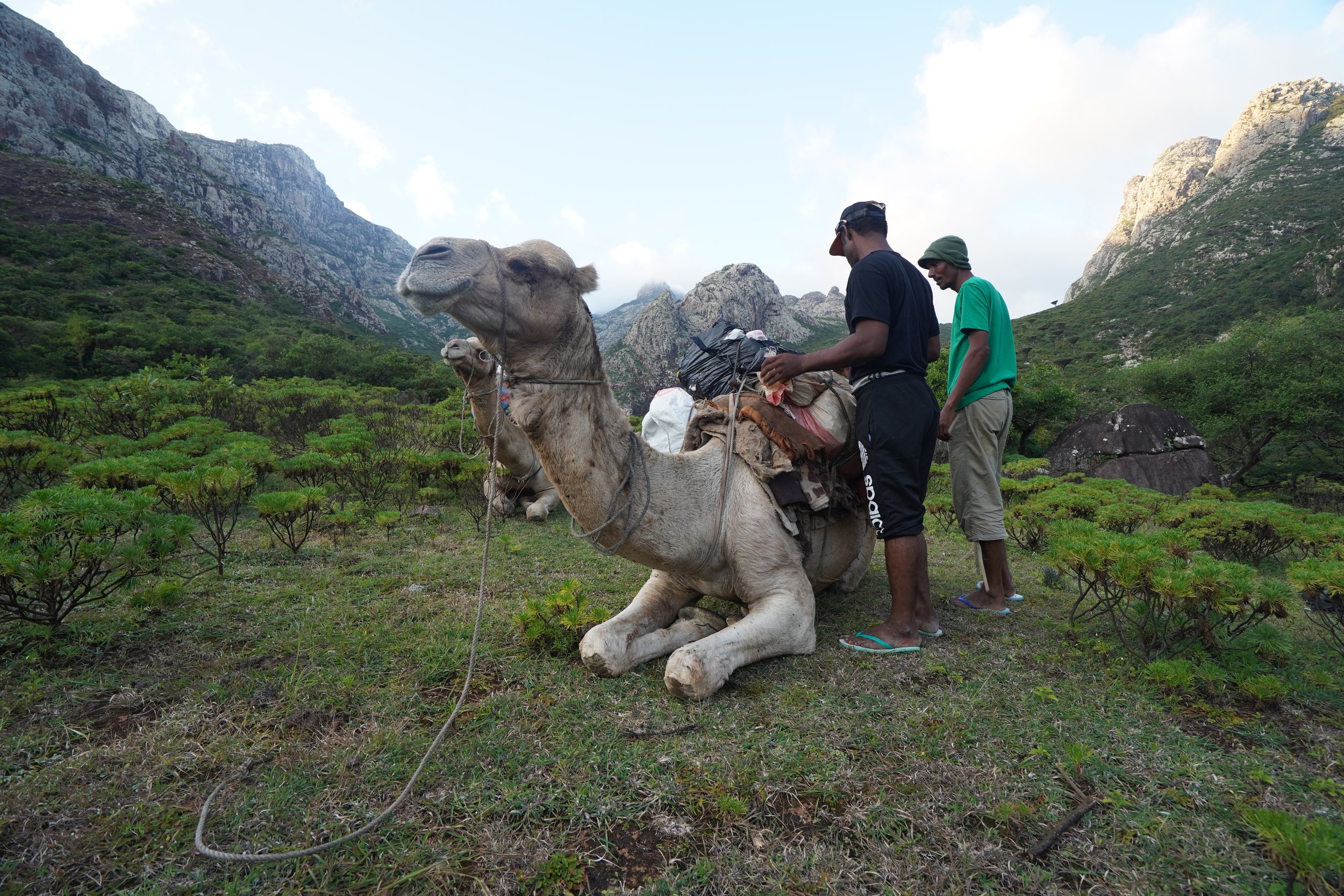
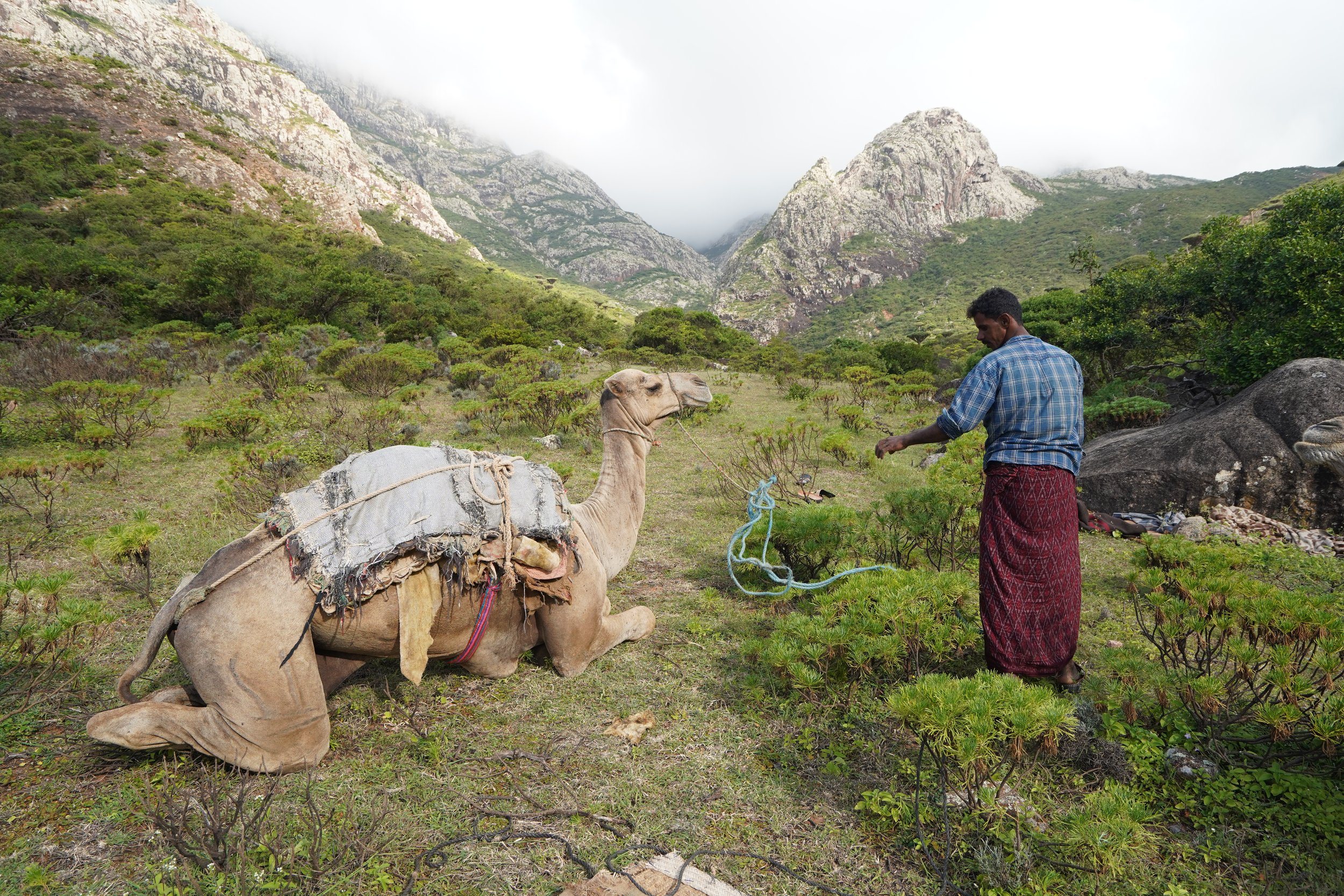

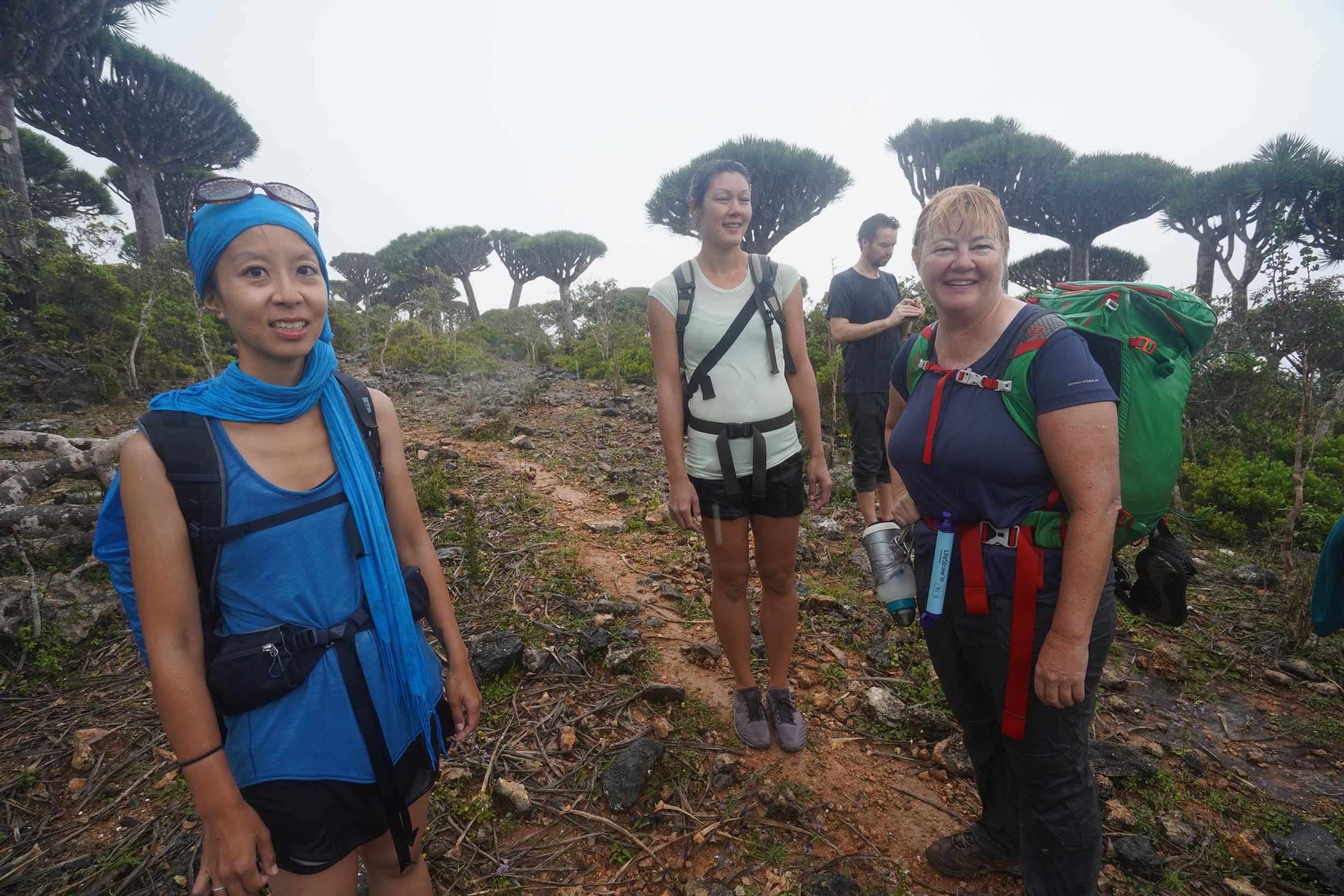
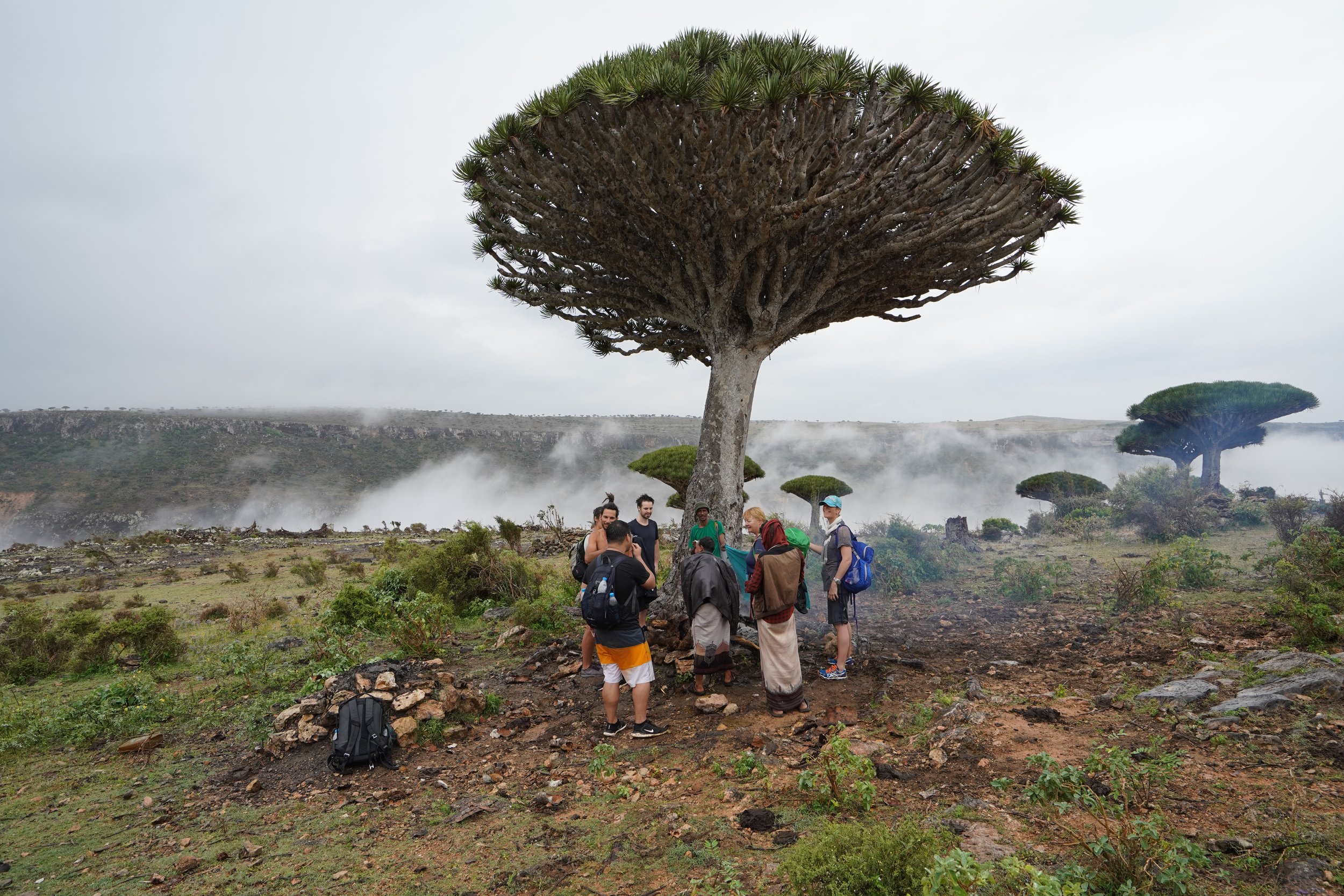
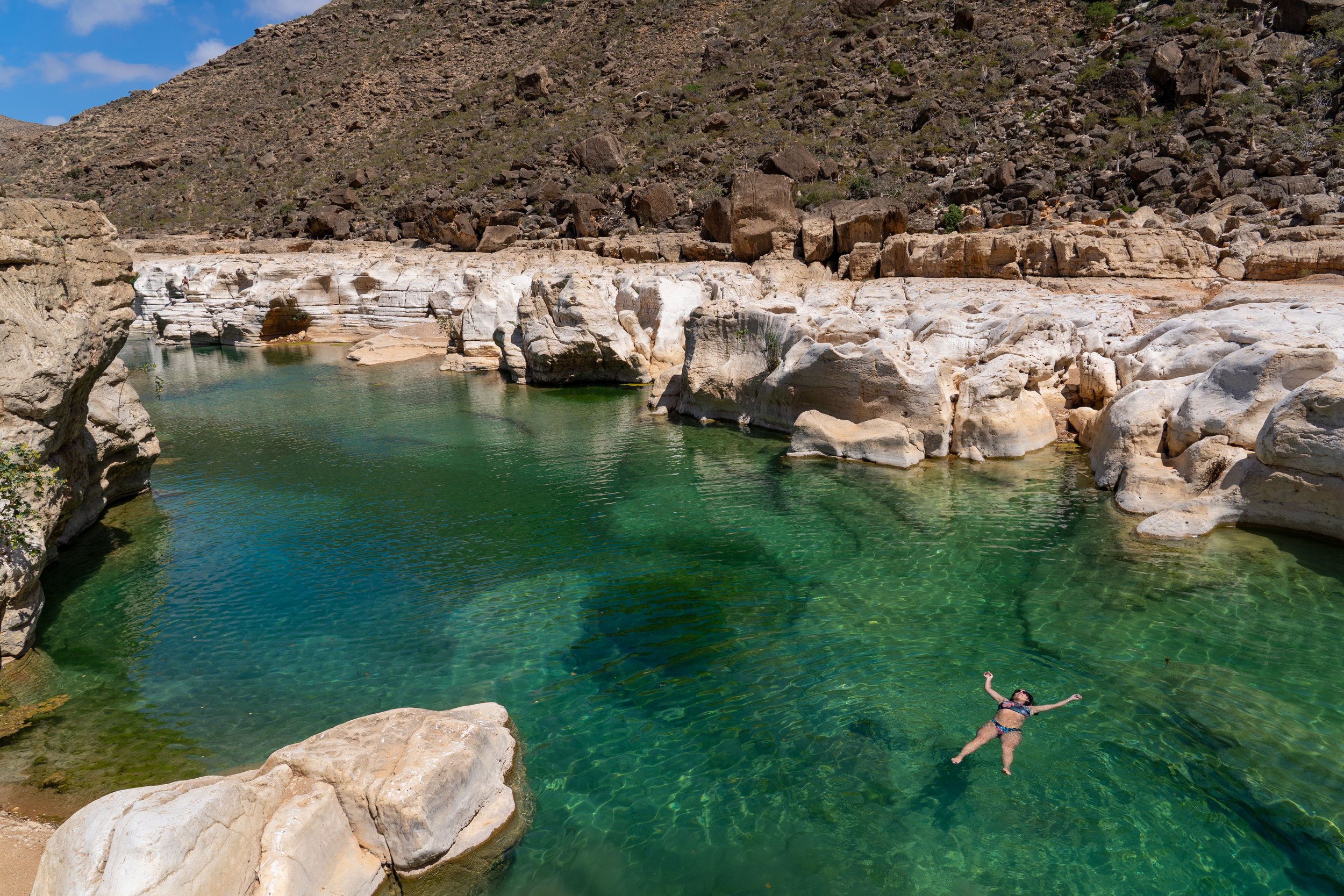
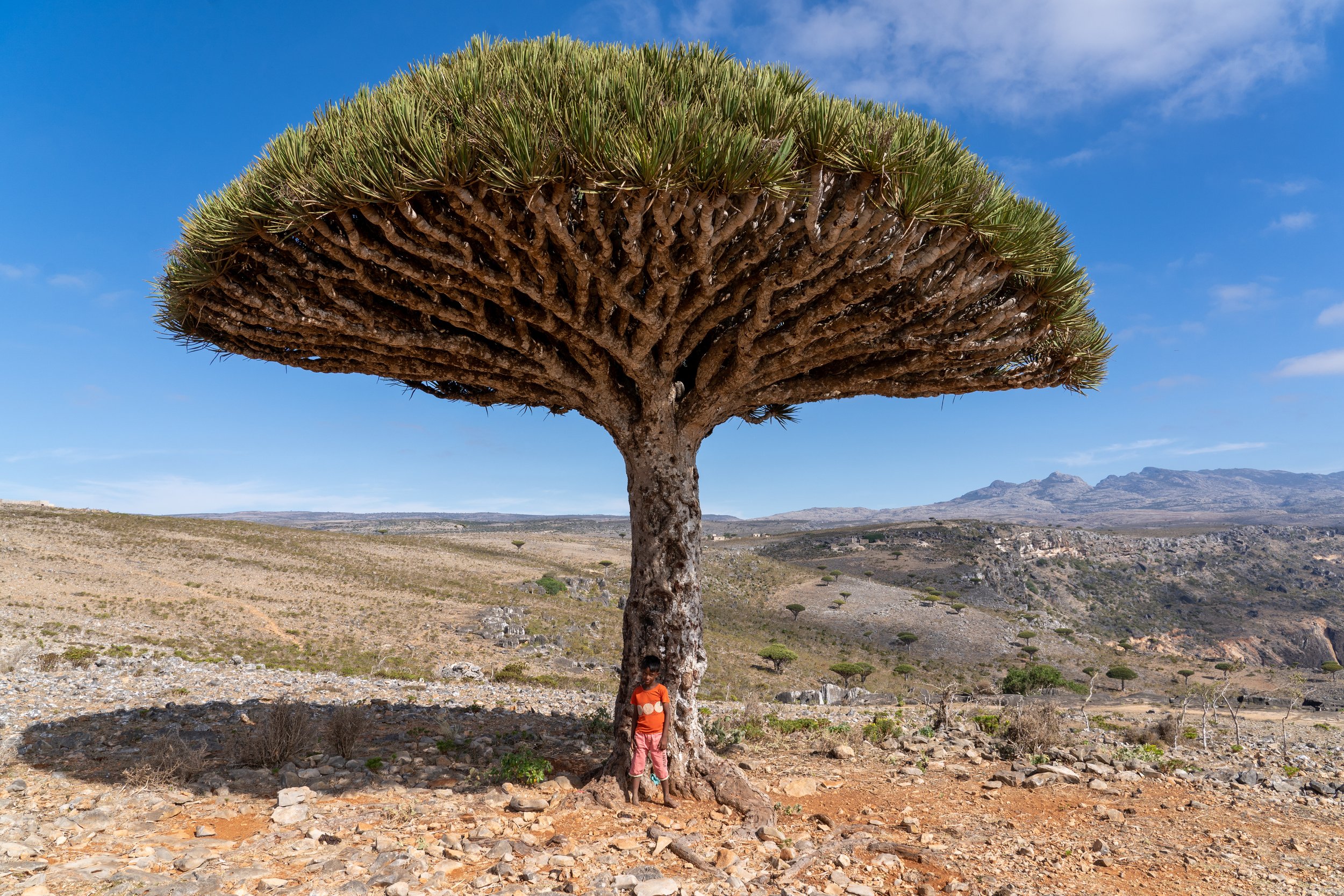
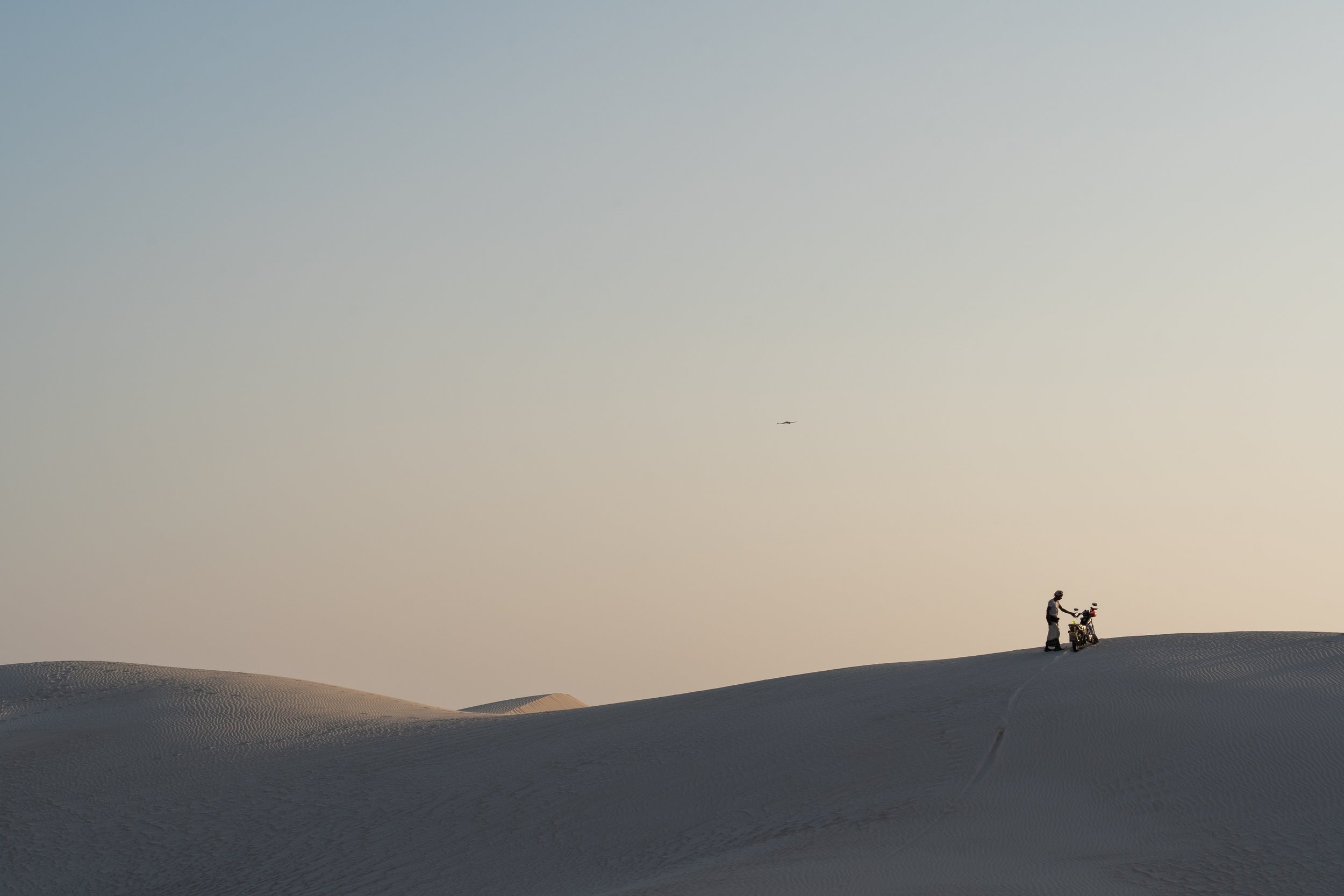
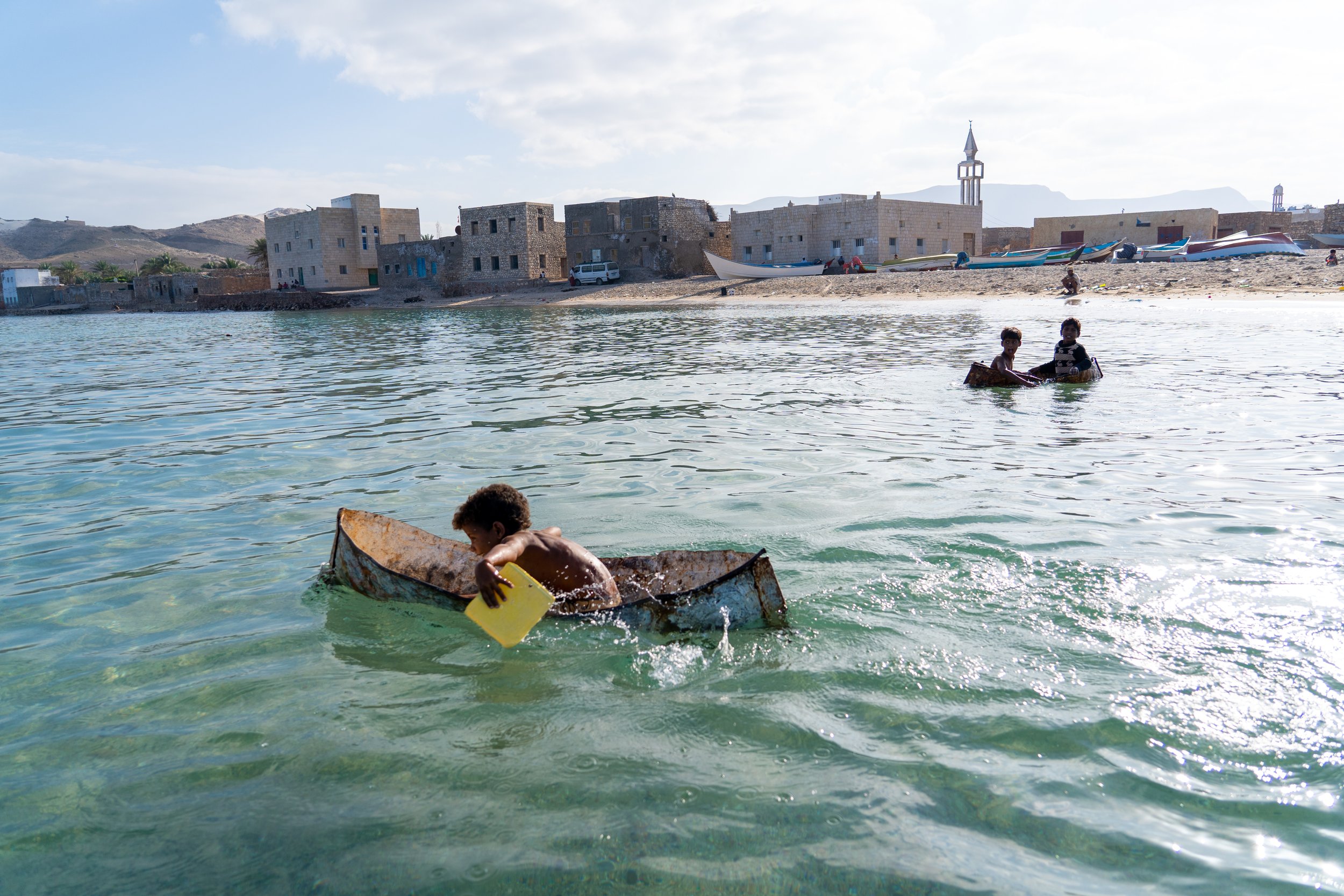

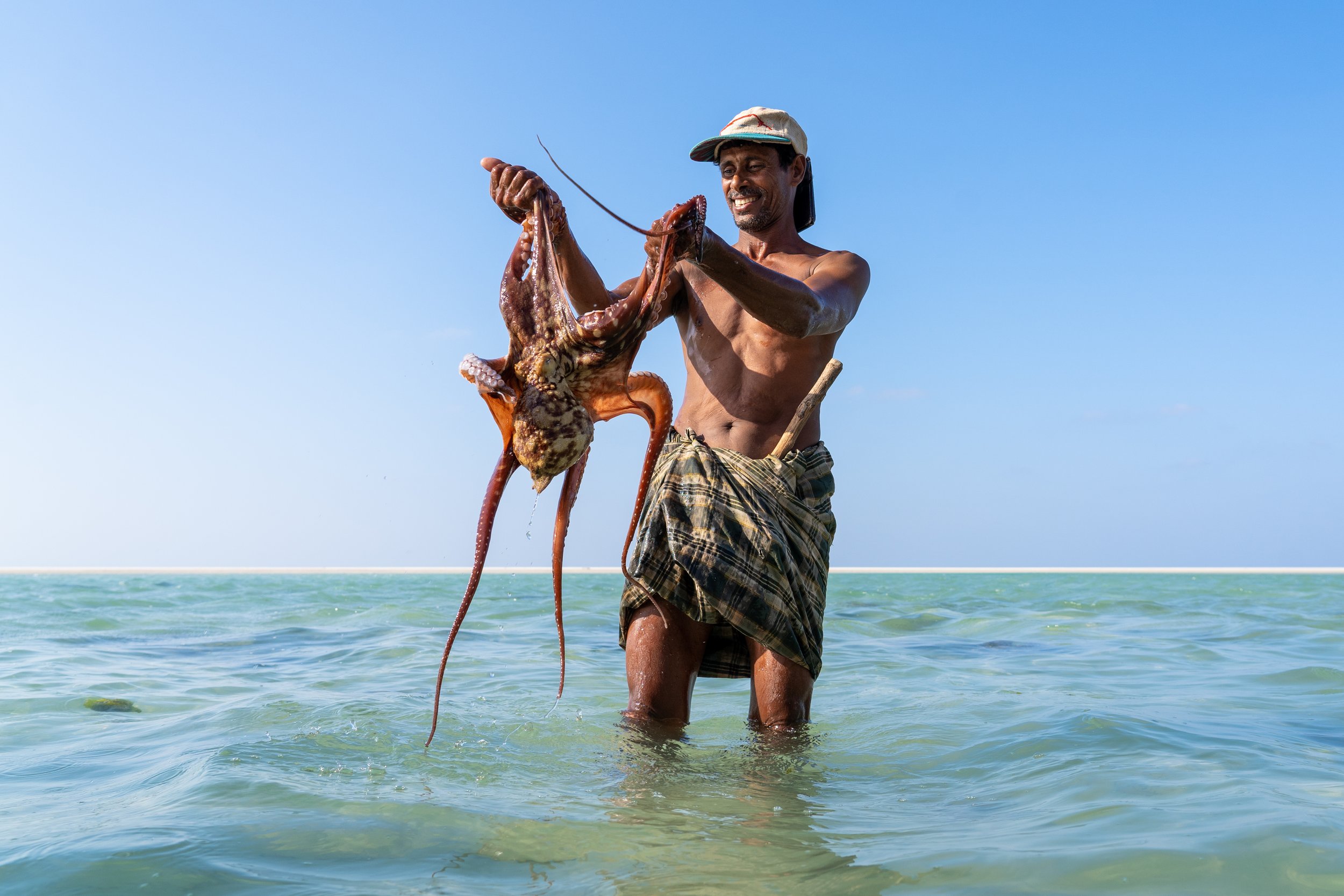
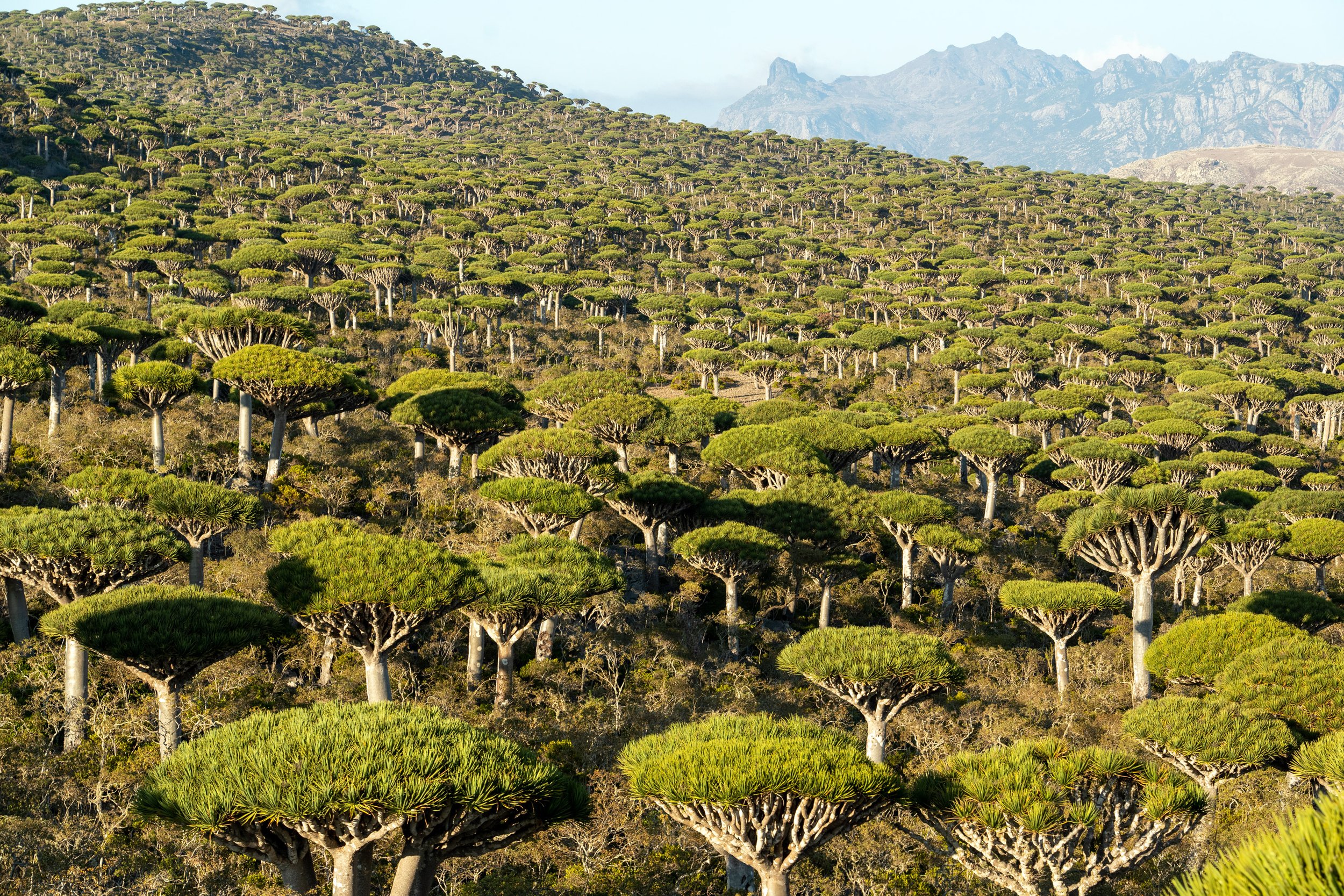
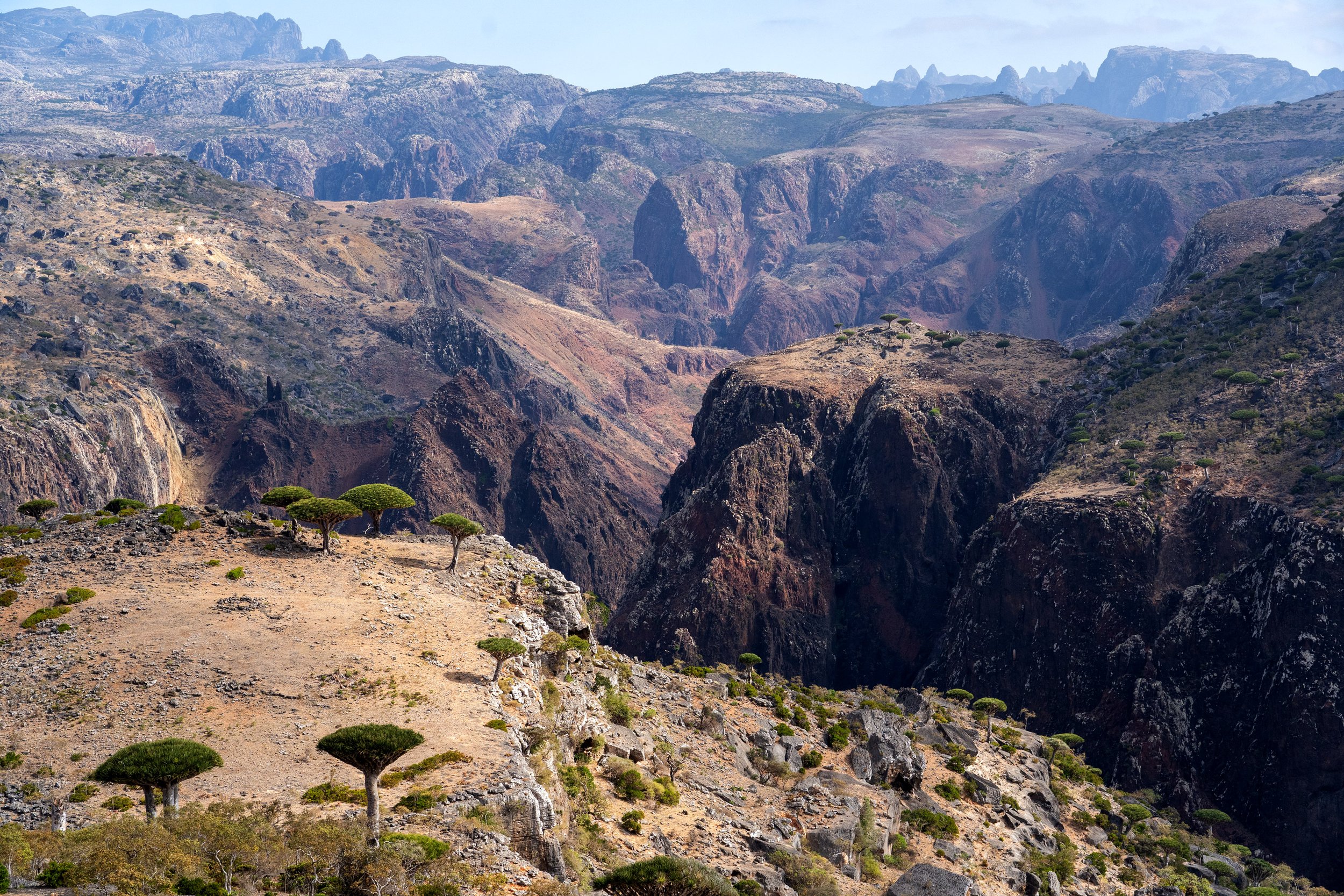
SOCOTRA: 2-week Highlights and Hajhir Mountains Trek
This trip gets way off the beaten path to explore little-visited places in Socotra only reachable by foot, deep in the fabled Hajhir Mountains. It consists of a 6-day point-to-point trek plus a day to explore the beach.
-
$2900 USD per person for glamping / camping combo. (camping during the trek, glamping while not on the trek.)
Includes:
Camping gear, three meals daily, the Yemeni visa fee and travel permits, security clearance, guides, drivers with private vehicles, entrance fees, and payment processing fees by Visa/MasterCard.
Does not include:
Any flight tickets, personal spending, insurance, additional food and drinks, tips for local staff, and anything not explicitly mentioned as included.
Besides the trekking days, your trip includes…
A 4-meter lotus bell tent (large enough to stand up in), IKEA mattress pad, sheets, pillow, pillow case, and blanket. One tent can comfortably fit two people. Regular tents are available for those who do not want the glamping kits.
Note that on the trek, only basic tents can be used for those two nights in the mountains, as the glamping kits weigh over 50kgs each and cannot be carried by camels. This means a single 3-season camping tent per person, a thin lightweight foam pad, and a light blanket.
-
15 Days / 14 Nights
-
Maximum 6 people, minimum 2 people.
-
Socotra Airport, Yemen (flights are not included, but we can assist with reserving tickets to and from Cairo or Abu Dhabi)
-
Challenging.
This is primarily a trekking/backpacking and overland trip through the mountains and coastlines of Socotra.
Notably, the trek consists of 6 days of point-to-point trail hiking with no extraction in between (except on day 5). You can expect 5-7 hours of hiking per day on the trek. The trail is not particularly difficult, but you can still expect to reach 350-850 meters of elevation gain per day. No technical skills are needed to participate.
Infrastructure on the island is very basic, don’t expect great internet access, regular showers, toilets, or air conditioning. That being said, you do not have to carry all of your gear while on the trek, as pack camels are used to transport heavy items including your tent, food, and sleeping gear. You only need to carry your own daypack and water daily during this trip.
Coming Micro Group Departures
(or contact us to arrange a private trip.)
THE LOCATION
The Socotra Archipelago is known for its exceptional biodiversity and distinctive landscapes. Located in the Indian Ocean and Arabian Sea, off the coasts of Yemen and Somalia, it offers an untouched natural paradise with stunning mountains, pristine beaches, and rare endemic species including the incredibly beautiful Dragon’s Blood Tree.
The island is also home to 70,000 inhabitants who share in a culture distinct from both mainland Arabia and Africa. Socotris speak their own language, derrived from ancient South Arabian, while their culture contains South Arabian, Arab and Swahili influences.
Visiting Socotra allows you to explore a living laboratory of evolution, engage in thrilling outdoor adventures, and contribute to sustainable tourism efforts.
THE ACTIVITIES
This trip is designed for those who want to do essentially everything possible on the main island of Socotra. This trip covers all of the highlights around the island and also gets way off the beaten path in the Hajhir Mountains.
You’ll mostly travel by land cruiser and foot for this expedition, taking vehicles as far as they can go, and when the road ends, you continue on the footpaths. You will spend six days following shepherds’ surrounded by wild Dragons’ Blood Trees to reach Skand, the highest peak on the island.
You will explore cave systems and white sand beaches, scale massive dunes, look for wildlife in the lagoons, swim in naturally forming pools, and meet locals everywhere you go. This is the ultimate Socotra itinerary for those looking to get the most out of this miraculous island.
THE PEOPLE
The Soqotri people have a distinct cultural identity and are known for their resilience and deep connection to the island. They have traditionally relied on fishing, agriculture, and herding for their livelihoods, adapting to the island's challenging conditions. They have a rich oral tradition, folklore, and their own language, which is considered a branch of the South Arabian group of Semitic languages. Numerous people of Swahili Coast African descent also inhabit the island.
We only work with a handful of local guides who we know personally. They are all Socotris, born and raised on the island. In addition to your English-speaking guide, you’ll have a driver and other helpers throughout the trip to run the camp and prepare your meals. We try to hire as many locals as possible to ensure that tourist dollars are spread amongst many of the island’s inhabitants.
THE COST
The total cost of this trip is $2900 USD per person based on a group size of 2-6 individuals.
The trip includes all glamping/camping gear, three meals daily, the Yemeni visa fee and travel permits, security clearance, guides, drivers with private vehicles, trekking team, pack camel support on the trek, entrance fees, drinking water, and payment processing fees by Visa/MasterCard.
The cost does not include any flight tickets, personal spending, insurance, additional food and drinks, tips for local staff, and anything not explicitly mentioned as included.
-
You’ll be met upon arrival at Socotra Airport by your local team ready to explore— but first, they will help you clear immigration and customs procedures. Have a copy of your Yemeni visa ready for inspection on arrival at the airport.
You’ll first visit the only “city” in Socotra-- Hadibo-- to have some lunch and go shopping for some local clothes and products if interested. In the afternoon you’ll drive to the Homhil Protected Area, a prehistoric-feeling national park with incredible scenery. There, you can enjoy a sunset walk amongst the Bottle, Frankincense, and famous Dragon’s Blood Trees.
Overnight: Camping at Homhil.
-
You will begin this morning like all of your days in Socotra, waking up just before sunrise, followed by a simple breakfast. You’ll then go on a hike down to a beautiful natural infinity pool at the edge of the plateau, surrounded by Dragon’s Blood Trees and Bottle Trees. On the way, you’re likely to come across local children selling dragon blood resin and frankincense from the nearby village. The scenery is absolutely otherworldly. This is Socotra.
You’ll return to camp for lunch and then drive to Arher, a spectacular camping spot on the beach in the far northeast of the island, where a fresh creek comes out from a crack in a granite mountain. You can relax on the beach around the creek, swim in the sea, or if you feel up for it you can climb a huge 100+ meter sand dune to get a fantastic view over this charming spot-- amazing for sunset. If you’re lucky, we can see bright blue bioluminescence in the ocean at night (common February-May).
Overnight: Camping at Arher Beach.
-
You will start early today with a drive to the base of Hoq Cave in Terbak village. Before the sun gets too strong, you will hike up about 2.5 hrs to the entrance of the cave. The cave itself is more than three kilometers long, with a water pool at the end. Inside, you will see stalactites, stalagmites, and crystalline formations, with wide chambers, much like an ancient cathedral.
In the early afternoon, you’ll drive return to Arher for lunch. In the later evening, as the tide goes out, you’ll drive to Ras Irisseyl, the easternmost point of Socotra where the Indian Ocean and the Arabian Sea meet. There is a small fishing village here where you can see the locals returning with the afternoon catch. You will also visit “crab city”; this beach is home to thousands of sand crabs who build small castle-like structures above their holes during low tide.
Overnight: Camping at Arher Beach.
-
You’ll depart Arher after breakfast and drive through a series of dirt roads to the far southeast of the island. After driving past rolling hills of Dragons Blood Trees, you’ll reach the start of the hike down to Kalisan Canyon. Kalisan is impressive, to say the least. It’s a deep swimming wadi, replete with numerous crystal-clear freshwater pools and waterfalls. The hike down (and back up) takes about 45 minutes and you’ll pass Bottle Trees along the way.
After spending the morning at Kalisan, you will drive to Diksam in the Hajhir Mountains to set up your camp for the night.
Overnight: Camping in Arher.
-
After a leisurely breakfast, you will head out for Di Hamri, a rocky beach known for good snorkeling, as two coral reefs lie just off the coast here.
After lunch, you’ll drive to the south coast of Socotra.
In the late afternoon, as the sun begins to set, you’ll visit the “sea of sand” at Hayf and Zahek. There you can wander this incredible landscape, climbing between the dunes all the way to the sea. Finding pieces of ancient pottery is not uncommon here, as much of this area was under the sea not too long ago. In the evening you’ll drive over to Omak beach for the evening.
Overnight: Camping in Omak.
-
In the morning, you will drive to see the nearby Dagub cave, which overlooks the Indian Ocean, and then return to Omak beach for lunch. Here, you can body surf in the waves, as the Indian Ocean side of the island is a lot more turbulent than the more tranquil Arabian Sea side.
After lunch, you’ll drive to Hadibo, where you will visit the souq and do some shopping if you’d like.
Overnight: Camping in Delisha or optional hotel stay in Hadibo (at an extra cost, see optional add-ons).
-
This is your opportunity to explore the most spectacular part of Socotra in-depth. The Hajhir Mountains tower over the island, and they are responsible for creating a unique weather pattern that has given birth to many of Socotra’s unique endemic plant species, including the Dragon’s Blood Trees.
Over the next five days, with a team of local Bedouin guides and pack camels, you will traverse these mountains to reach Skand— the most magical of the valleys on Socotra.
Rest assured this is one of the most spectacular programs on the island. There is something magical and otherworldly about these mountains that you really have to experience for yourself.
For the first part of today’s trek, you follow a dirt road to the top of a ridge line where you can see the Arabian Sea, before you tuck into the rocky Hajhir Mountains over the other side, descending into a fabled lush green valley replete with endemic plant species.
You can swim in the freshwater pools at the bottom of the valley; your campground for this evening is only a twenty-minute walk up the other side of the valley in a spectacularly beautiful clearing surrounded by mountains and Dragon’s Blood Trees.
-
You’ll wake up surrounded by lush vegetation in a small mountain valley deep in the Hajhirs. You will then continue our trek into the wadi, where you can swim in natural freshwater pools.
You then head deeper into the mountains towards Skand. This valley has the most vegetation in the Hajhirs and is easily one of the most stunning places on the whole island.
-
From here, you continue to hike up in order to reach the Skand highlands. High in the mountains, we can find unique flora and fauna, including baby Dragon’s Blood Trees if you’re lucky. Only in the most remote parts of the Hajhirs, untouched by goats and Bedouins, can you find such wonders.
-
Leaving Skand, you head back down into the valley behind Firhmin. The path continues down the wadi along flat ground to your camping spot for the evening near an abandoned school built for the local Bedouin children (their new school was built in Diksam, rendering this one obsolete as their semi-nomadic lifestyle caused them to move out of this valley due to flooding).
-
You must climb up one more mountainside to reach the Firmhin Forest, which is the last woodland comprised of Dragon's Blood trees left on the island. Nowhere else in the world can one find Dragon's Blood trees in such density. Nur, a local goat herder, will show you how they used to collect-- and still collect on a smaller scale-- the precious red resin of the tree.
You will continue hiking down into the Derhur Canyon, where you will see unusual rock formations and can swim in freshwater pools, where you can enjoy a picnic lunch. Then, you’ll hike for one more hour, 400 meters up to the Diksam Plateau.
The plateau is home to nomadic Bedouin herdsmen who move from one site to another with their goat herds. You will be welcomed by them with a cup of tea, where you can observe the many houses built into ledges where the plateau meets the gorge. It’s a steep finish, but rewarding, as you can watch the sunset amongst the Dragon’s Blood Trees and canyon below.
-
For the final day of the trek, we will hike from the Duhur Canyon to Hadarhan and continue to the Agliso Plateau— 800m above sea level overlooking the Noged plain in the south. The south is flat, with huge pure, white sand dunes with flocks of camels.
In the late afternoon, as the sun begins to set, you’ll visit the “sea of sand” at Hayf and Zahek. There you can wander this incredible landscape, climbing between the dunes all the way to the sea. Finding pieces of ancient pottery is not uncommon here, as much of this area was under the sea not too long ago. In the evening you’ll drive up to the Diksam Plateau for the evening.
Overnight: Camping in Diksam, where you can shower and enjoy an evening under the stars among the Dragon Blood trees.
-
After breakfast in Diksam, you’ll visit the Dragon’s Blood Tree nursery where young trees have been growing since 2006. Since goats were introduced to the island, many of the young trees have been destroyed by the goats when their leaves are still soft, so it’s essential to grow new trees in protected environments.
You’ll then visit the Diksam middle and high school, where you will visit classrooms, meet teachers and students, and if you’d like, volunteer to teach an English class.
Following your visit to the school, you will drive to the northwest of the island to Detwah Lagoon, a marine protected area renowned for its magical landscape and incredible coastline for swimming.
You’ll be charmed by a white sandy peninsula jutting out into the sea surrounded by turquoise waters, where you can swim. There is also an array of sea birds and marine wildlife to be seen in the lagoon. There, you may encounter Abdullah the Caveman. If so, he’ll take you looking for marine wildlife from his cave over the lagoon.
Overnight: Camping at Detwah Beach
-
After breakfast, you will drive to the city of Qalansiah, the second largest settlement on Socotra, a mere 10 minutes away. From there, you will hire local fishing boats to take you to see spinner dolphins and go snorkeling in the warm turquoise waters off Shu’ab beach on the west coast of the island. You’ll relax on the beach for a while, and head back to Detwah for lunch.
There is also an array of sea birds and marine wildlife to be seen in the lagoon.
Overnight camping in Detwah (or optional early return to Hadibo and spend the night at a hotel. In this case, an extra charge would apply).
-
After breakfast, you’ll drive to Socotra Airport for your flight back either to Abu Dhabi or Cairo via Aden.
The following itinerary is meant to serve as a guideline for the trip, rather than an exact play-by-play. As is true of all inertia experiences, we leave room for sporadic interactions, unforeseen opportunities, and time buffers to compensate for unexpected scenarios.
CAMEL TREKKING
Get off the beaten path on a 6-day camel trek across the fabled Hajhir Mountains.
MEET LOCALS
From goat herders to fishermen, and school students too.
SPLENDID COASTLINES
Get lost in the sands of Arher Beach, the Detwah Lagoon, Shu’ab Beach, Omak Beach and Zahek.
MOUNTAINS AND ENDEMIC FLORA
Explore some of the furthest reaches of the Hajhir Mountains, away from all the tourists.
MICRO GROUP TRIPS
All Micro Group Trips are limited to a fixed maximum and a minimum number of participants (2~6 people) to ensure a safe, intimate, and sustainable experience.
If available, fixed departure dates are listed below. Click on a date to sign up.
If no trip dates are available, private trips or extra dates can be organized according to your schedule pending our guides’ availability. Contact us to arrange a private trip.
Want to travel independently or don’t see dates that work with your schedule?
Contact us to arrange a private trip instead.
-
Yes, travel to Socotra island is extremely safe and there has not been any incident involving tourists to the island. The island receives approximately 6,500 annual tourists.
The biggest risks in Socotra are not political, as much as the flights from Abu Dhabi are subject to political ebbs and flows (the domestic flight from Aden is not prone to cancellation though). The Abu Dhabi flight has been canceled on a few occasions, leaving travelers temporarily stranded on the island.
We are one of the few travel providers on Socotra who also works in Mainland Yemen. Because of this, we are also able to arrange for security clearance and MOI letters to transit Mainland Yemen via both it and land, should it be necessary. Even in the areas in mainland Yemen where we operate, we are confident about our ability to maneuver the geopolitics as well as the security.
-
The Hajhir Mountain trek is a point-to-point backcountry trek that follows a shepherd’s trail through the Hajhir Mountain valleys. This means the start and end points are different, and there is no potential for vehicle extraction in the middle of the route (except on day 5, as it passes by Diksam), as the trail starts to the south of Hadibo city and ends near the south coast of the island.
You can expect to cover approximately 80-90 kms of distance over six days, with the average hiking time per day ranging from 5 to 8 hours, depending on the speed of the group. There will be constant breaks for rest, swimming in naturally formed freshwater pools, and fun along the way.
The trek is non-technical and of moderate difficulty. You can expect approximately 500-900 meters per day of elevation gain.
You will be responsible for carrying your own day pack and water for the day while on the trek. Pack camels will carry the tents, sleeping gear, larger backpacks, and food.
The trek is a lof of fun and not overly difficult. A sturdy pair of hiking boots are necessary and poles are recommended.
-
This is a camping trip and single three-season tents are provided for each guest (the tents are 2-person tents, but we typically use them as singles, couples are welcome to share a tent). Additionally, basic pads and blankets are provided as well.
You have the option to upgrade your camping experience to our Lotus Bell glamping tents, with IKEA mattresses, sheets, pillows, and blankets. Keep in mind, it’s still camping, but these glamping kits are significantly better and larger than your standard tent (they are 4 meters in diameter and you can stand in them). Each glamping kit weighs 50 kilos and can fit up to three people (it will be transported by truck).
If the group desires, there are a handful of hotels in Hadibo as well that you can use (extra cost).
-
There are four main seasons on Socotra— the long dry season from January to April, the Khareef rains in May and June, the windy season from June to September, and the rainy season from October through December.
For travelers, the only two recommended seasons to travel to the island (and when flights are decently reliable) are during the long dry season and the rainy season, between late September and early May.
During the long dry season, the waters are calm it almost never rains, and the flowers blossom. The downside is it’s much more dusty and arid around the island. In this season, we recommend exploring more of the coastline.
During the rainy season, you will find the island transform from its semi-arid brown into a splendid green. If you want to hike the Hajhir mountains, this is your season to do it.
-
Socotris are accustomed to Western and Asian tourists visiting the island, so the dress code expectations are not nearly as strict as in other Islamic countries. Tourists are free to wear swimming suits and bikinis on the beaches and shorts while hiking.
That being said, when in towns and villages, and when approaching groups of locals, tourists need to be covered up, specifically foreign women. This means that women’s bodies should be covered from the ankle to the shoulder— sarons and beach skirts are helpful to achieve this level of coverage without having to wear pants or an abaya. In addition, women must also cover their heads, at least loosely, when in town.
For men, you can wear shorts in public, but always shirts must be on and should cover the shoulders (no tank tops in public).
-
While it’s easy to forget yourself while surrounded by beautiful beaches and insane landscapes, it’s important to remember that Socotra has a deeply conservative Islamic society mostly imported from the Arabian mainland. Local women will generally be covered in a black abaya with a niqab (face veil) and hijab (headscarf). Some rural women in Socotra wear colorful abayas, much like the whole island was dressed before cultural and religious practices from the Arabian Gulf found their way to the island’s locals.
For women travelers, this means that while you are free to dress as you’d like when away from locals (excluding your guides), however, when in the presence of locals you should always be covered up. This means that women’s bodies should be covered from the ankle to the shoulder— sarons and beach skirts are helpful to achieve this level of coverage without having to wear pants or an abaya. In addition, women must also cover their heads, at least loosely, when in town.
Another point to note, since it has come up several times on the island, is that foreign women are occasionally approached by local men looking for sex. If this happens, inform your guide right away and they will handle the situation quickly, effectively, and professionally.
-
Cell phone service is available on Socotra Island but access to the cell network through roaming may vary depending on your carrier.
If you have roaming available in the UAE or mainland Yemen, you will very likely be able to access the local network. Certain overseas carriers with relations with UAE cell providers are also able to get coverage on Socotra. Internet coverage works best along the north coast.
Foreigners are not able to purchase SIM cards on Socotra.
The Summerlands Hotel in Hadibo has a very slow wifi network.
-
Socotra is an amazing place for landscape photography— you quite literally are surrounded by endless opportunities for photographs, especially when the light is ideal around sunrise and sunsets (another reason why it’s vital to camp).
This being said— when looking to photograph local people, please always ask for permission first. Typically it’s not a problem to photograph men, but it is an issue to photograph most women. Doing so without consent can be very problematic for both you and your guide.
-
Alcohol is not allowed to be carried into Yemen.
Illicit substances are also forbidden, including Marijuana.
Drones are not allowed into Yemen unless you obtain a media permit that includes drones on your gear list in advance of arrival. We can arrange this permit for professional shoots at an additional cost.
-
This is a moderately rugged camping trip that involves multiple nights of sleeping in a tent surrounded by nature, and numerous days of continuous hiking (of between 5-8 hours per day). As long as you are physically and mentally ready to handle this, then you can do this trip.
Note: Yemen restricts all Israeli nationals, people born in Israel, and anyone with proof of travel to Isreal in their passports (including border stamps from Egypt and Jordan) from entering the country.
-
The local cuisine on Socotra Island features fresh seafood, rice, goat meat, and some imported fruits and vegetables from Mainland Yemen. There are limited options for those with dietary restrictions as Socotri food is very seafood and goat heavy.
It's a good idea to communicate your needs in advance or carry your own snacks (vegans are normally treated to the same vegetable curry with pasta or rice daily).
-
You can check out our suggested packing and preparation guide to Socotra here.
-
Almost all travelers will require a Yemeni visa in order to travel to Socotra, and everyone requires a Security Clearance Letter. Additionally, for anyone transiting or coming from Mainland Yemen, you will also need a Ministry of the Interior Letter.
We will handle this process on your behalf. It takes us approximately three weeks to arrange the paperwork.
You do not need to go to any Yemeni embassy or obtain a physical visa in your passport before your trip— we apply for and receive paper visas that are issued externally from your passport in advance. You need to bring a copy of this visa to show the airline before check-in and boarding, and your original visa will be submitted to the immigration authorities when you land in Yemen.
-
Flights are available a couple of times a week from Cairo (via Aden and Mukalla) and Abu Dhabi. It is also possible to take a connection flight to Aden from another Yemenia destination (Jeddah or Djibouti for example) and connect to Socotra, albeit not on the same day.
In order to book flights, you must do this directly with the airline operating the route at one of their local offices in the Middle East. Online ticket booking is not available for flights to Yemen.
We can provide flight booking assistance for all flights to Socotra with enough advanced warning for a fee.
-
Travelers to Socotra should be aware of a few health and safety concerns. The remote location and limited medical facilities on the island can pose challenges in case of emergencies or serious illnesses. It is advisable to have travel insurance that covers medical evacuation from Yemen. There is a clinic in Hadibo that can provide basic health care, but for anything serious, an evac would be required. Prescription medications are difficult to find in Socotra and supplies are severely limited. Come prepared.
While Socotra is safe for visitors, it is essential to be mindful of personal safety and take normal precautions. It is recommended to respect local customs, traditions, and cultural sensitivities. Travelers should also exercise caution when engaging in adventurous activities, such as hiking or diving, and ensure they are accompanied by experienced guides, especially in remote areas.
-
Socotra uses the Yemeni Rial— a highly fluid currency dependent on an ever-changing black market conversion rate that can take the currency anywhere from 400 to the USD to 1600 to the USD. You are best off bringing very new, clean, unmarked $100, $50 and $20 USD bills to Socotra. You can change them into rial at the local black market rate, or spend in dollars directly, as they are widely accepted at shops in Hadibo (but change will be given in Rial).
Credit cards are not accepted on the island.
-
Check out our Guide to Socotra to learn more about where you can visit on the archipelago.

